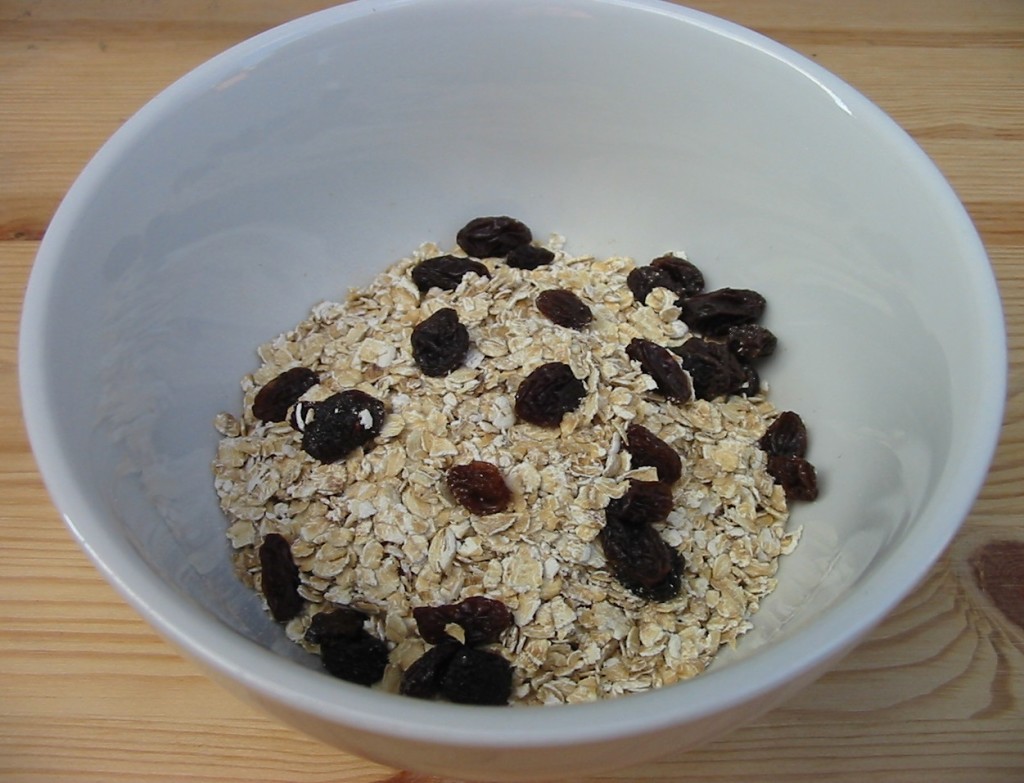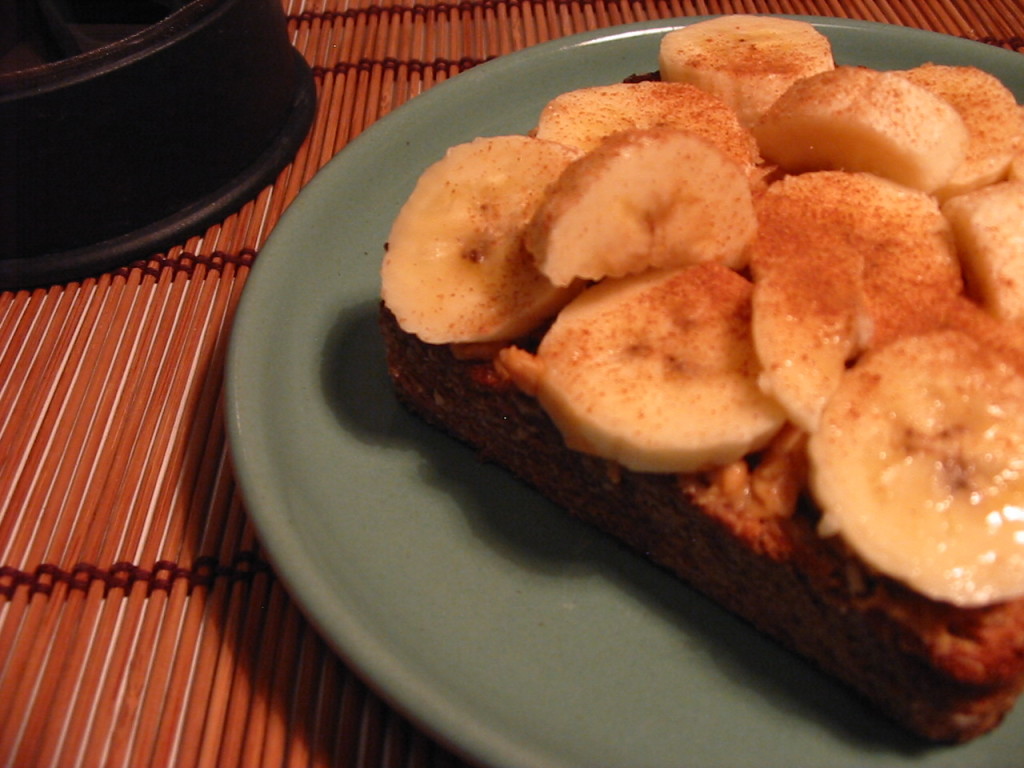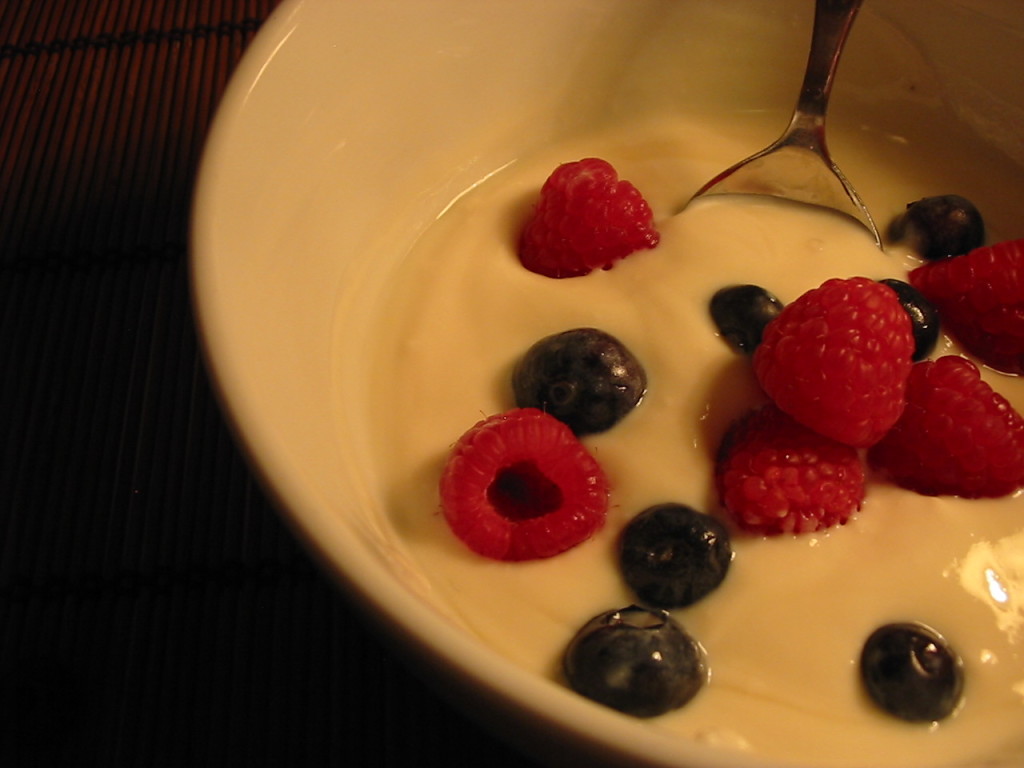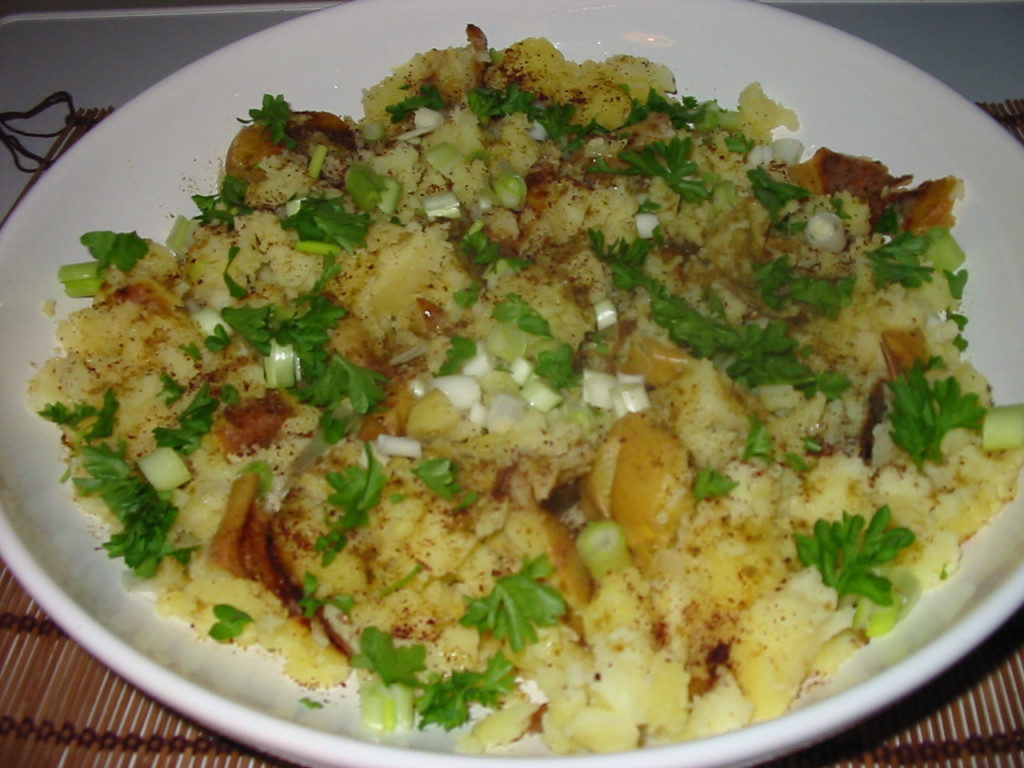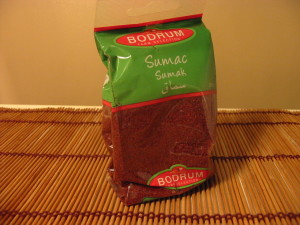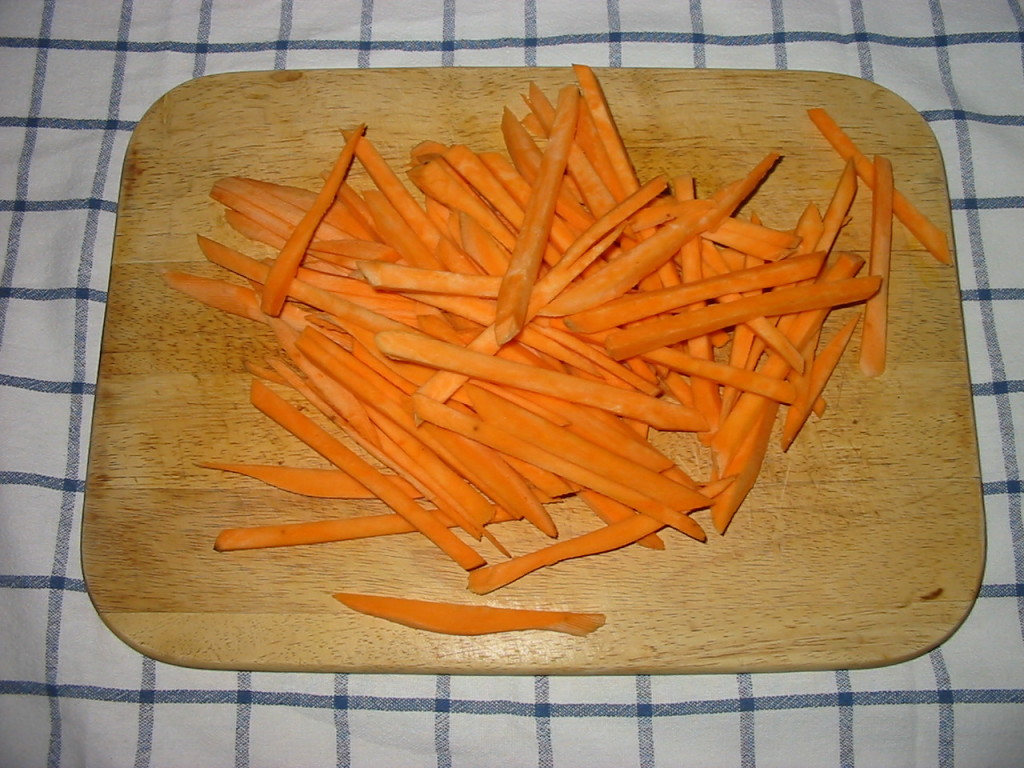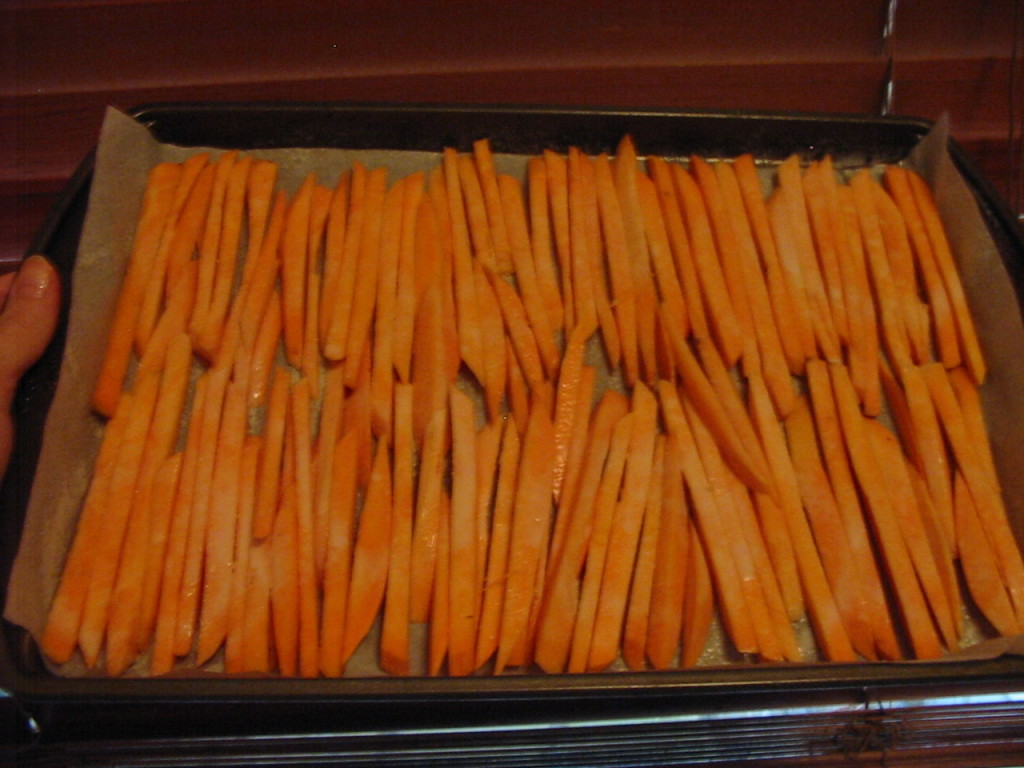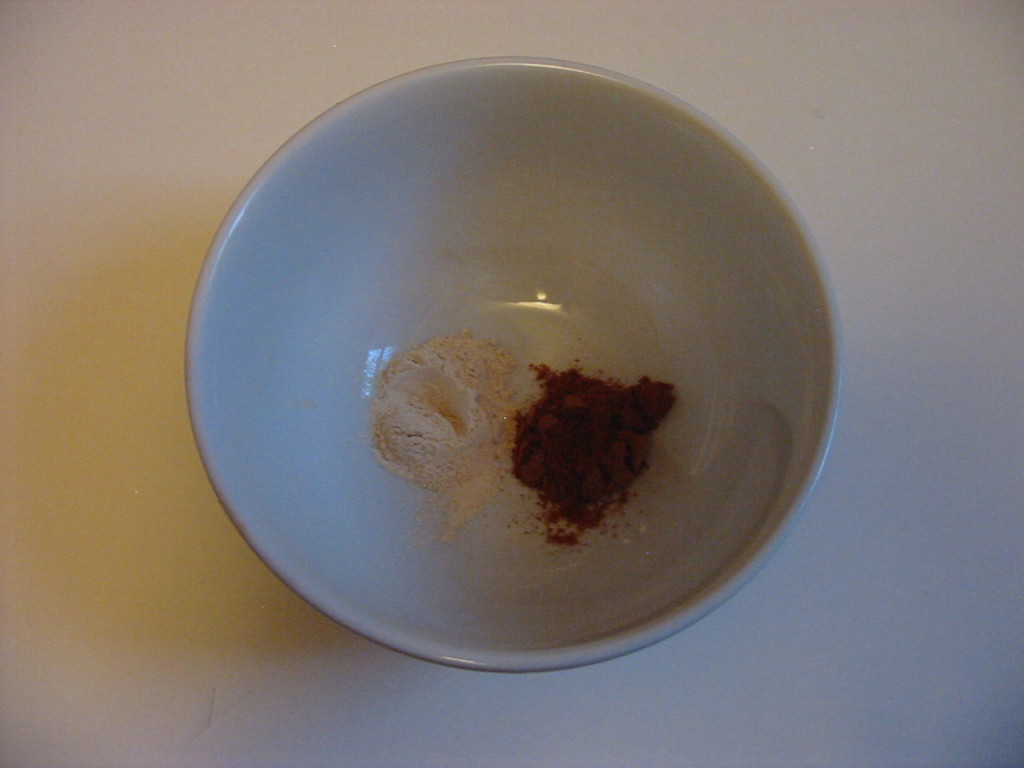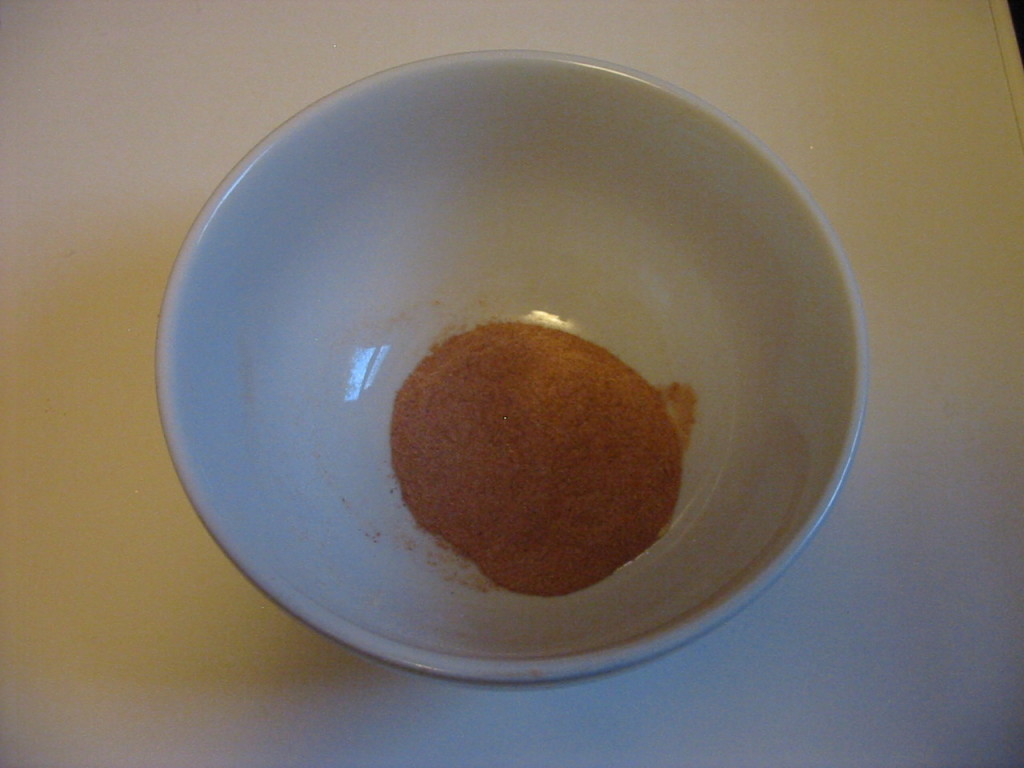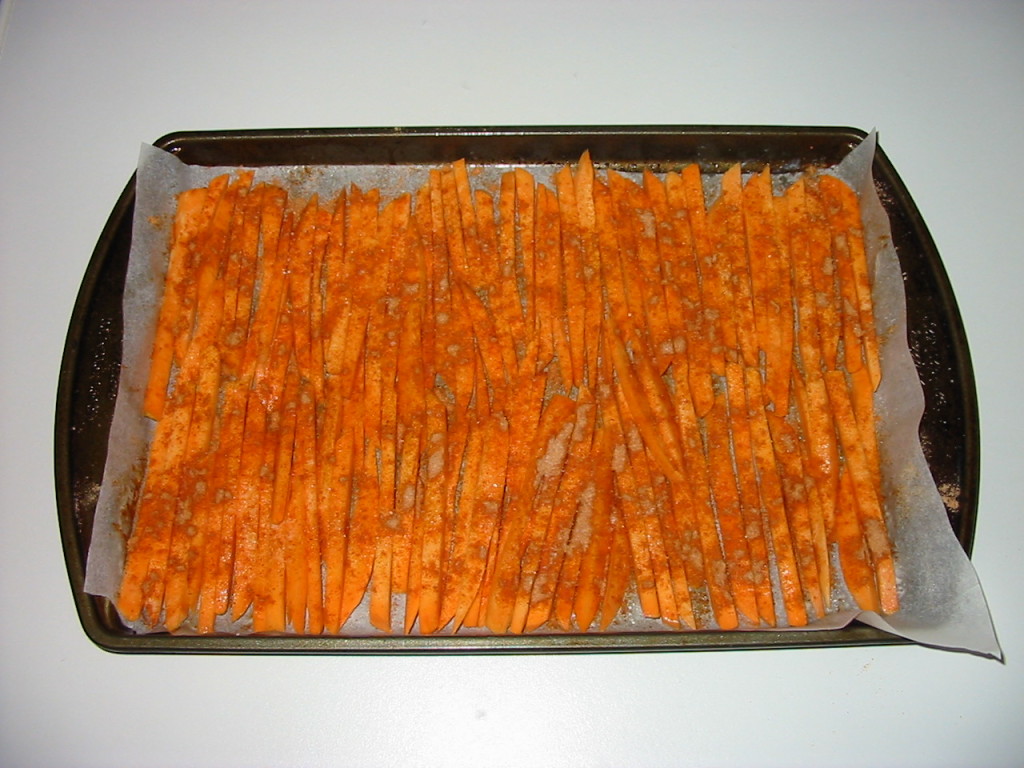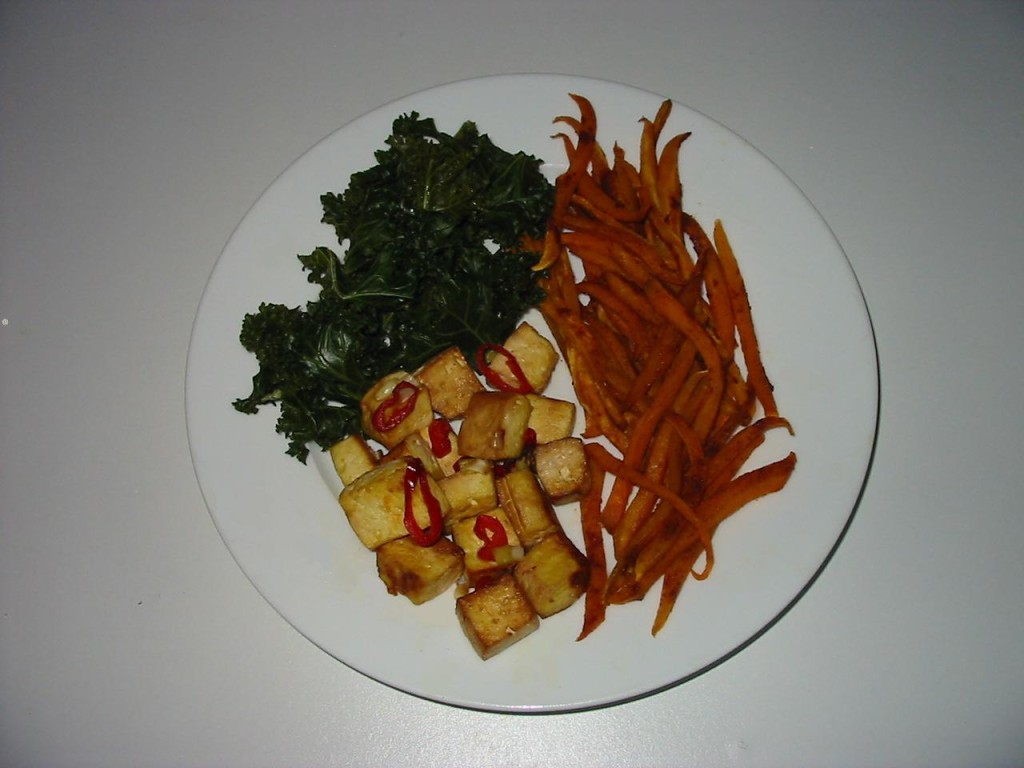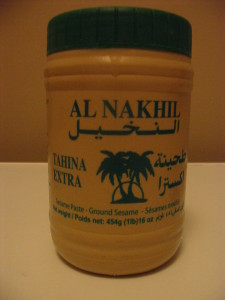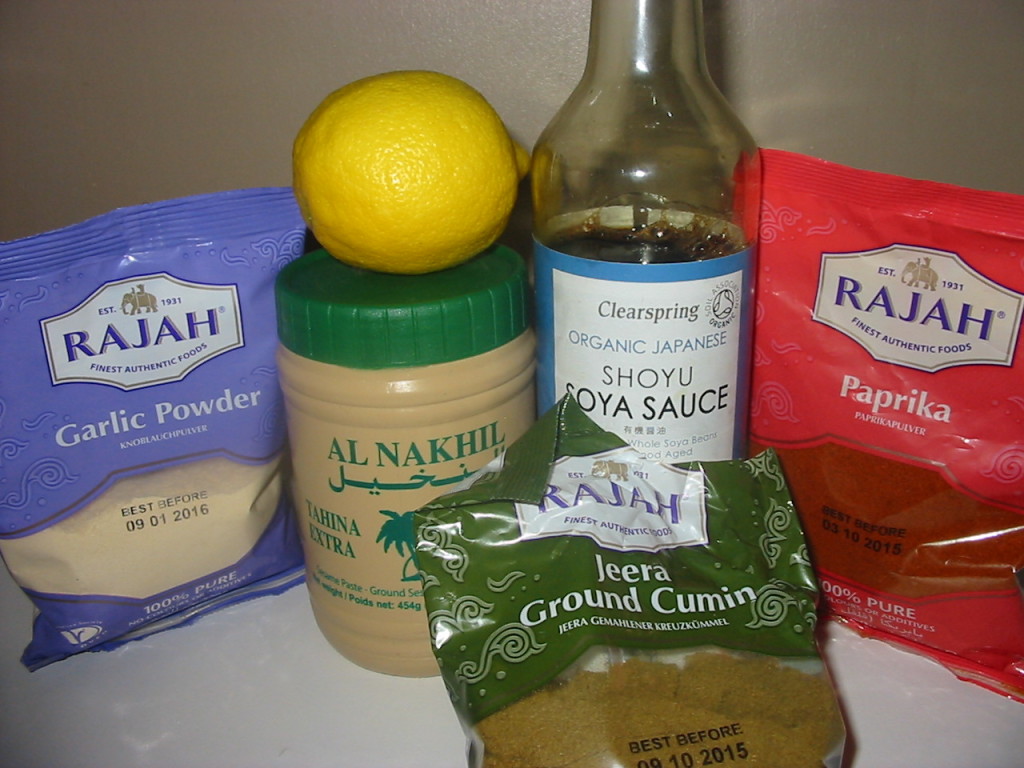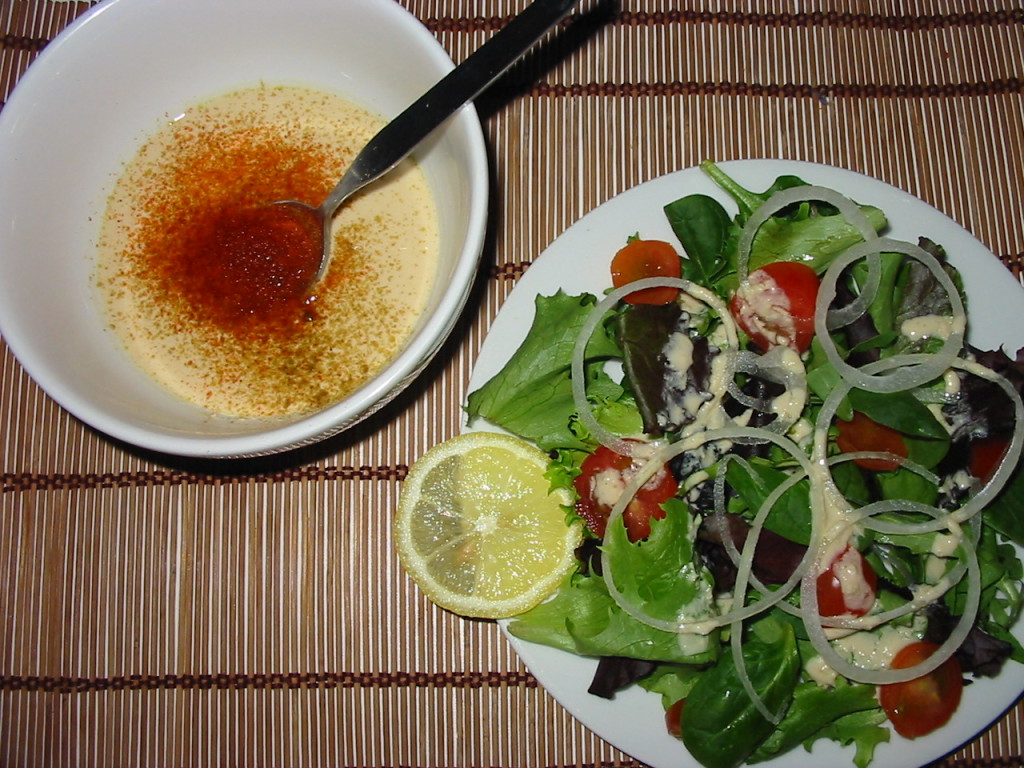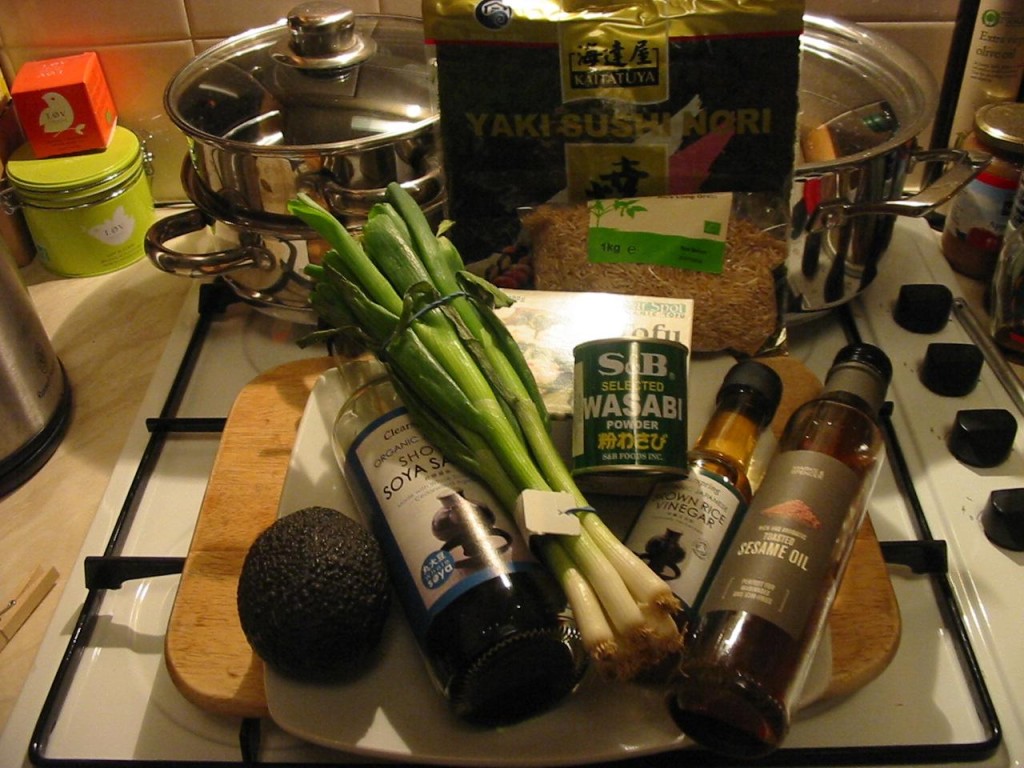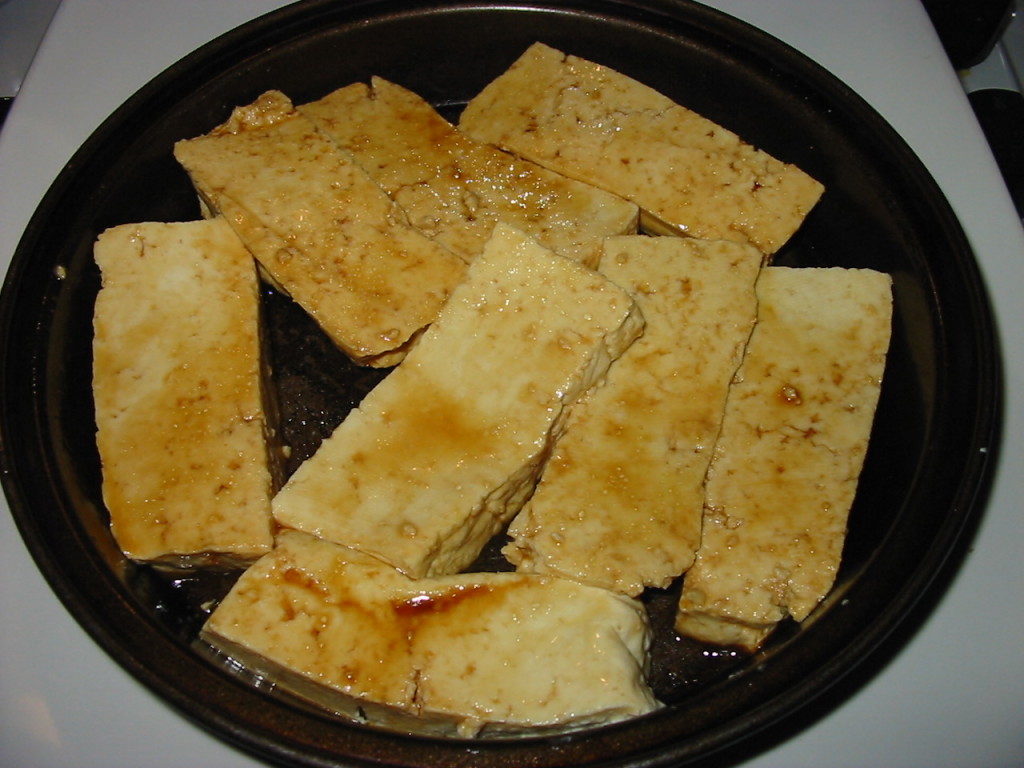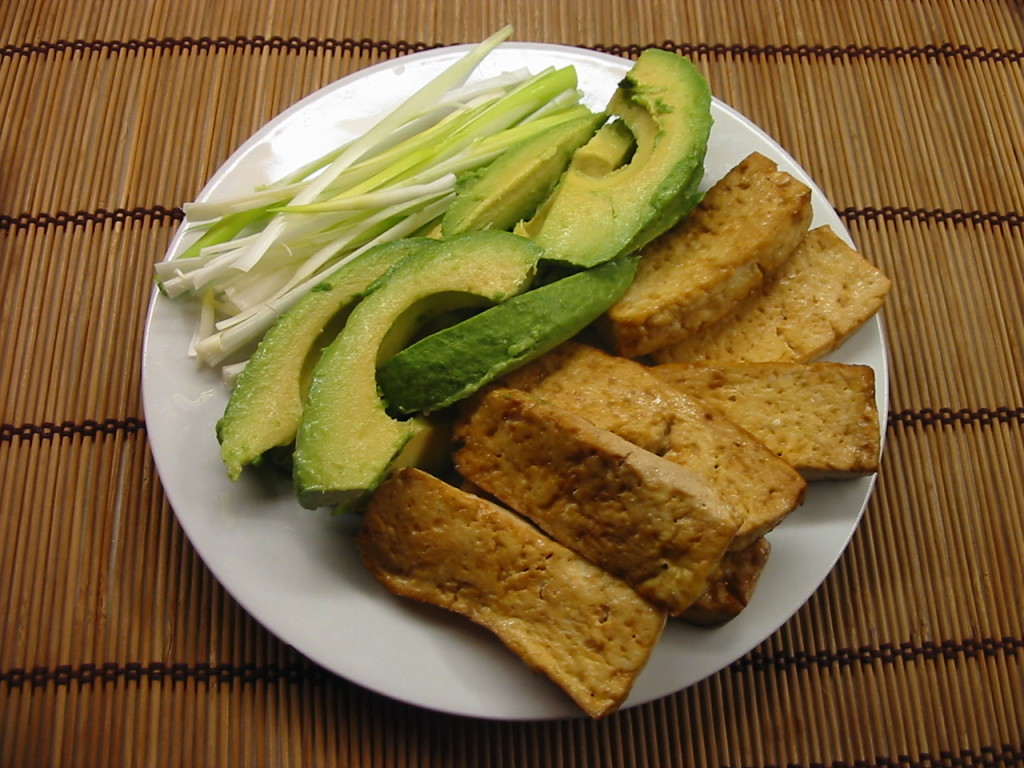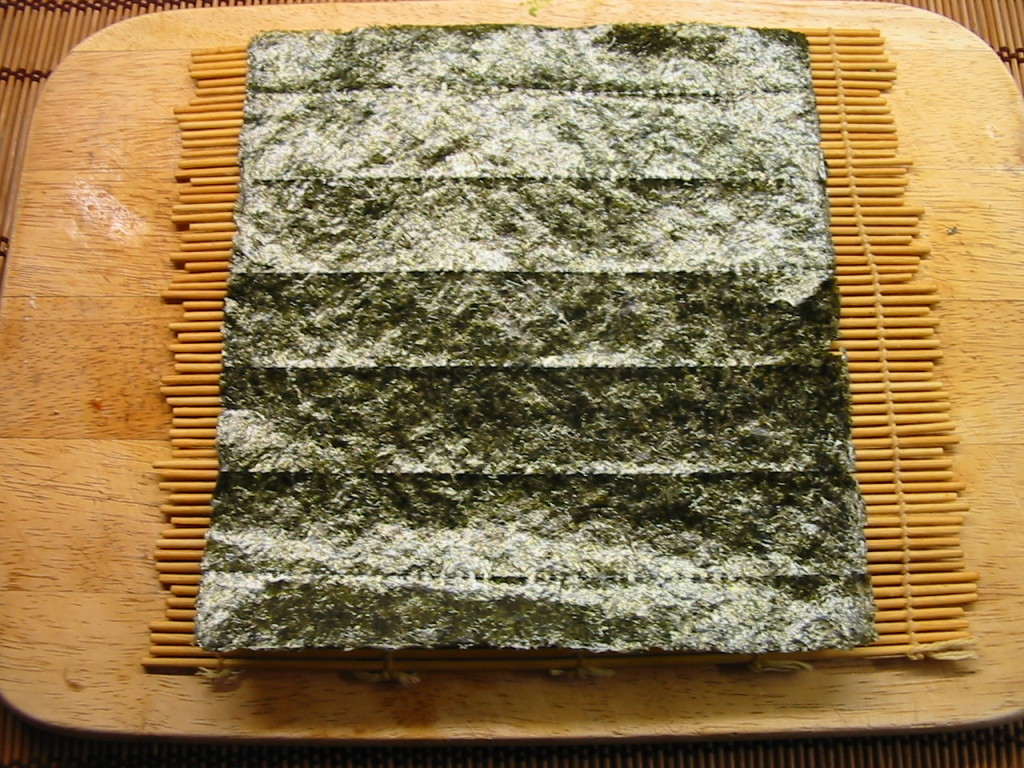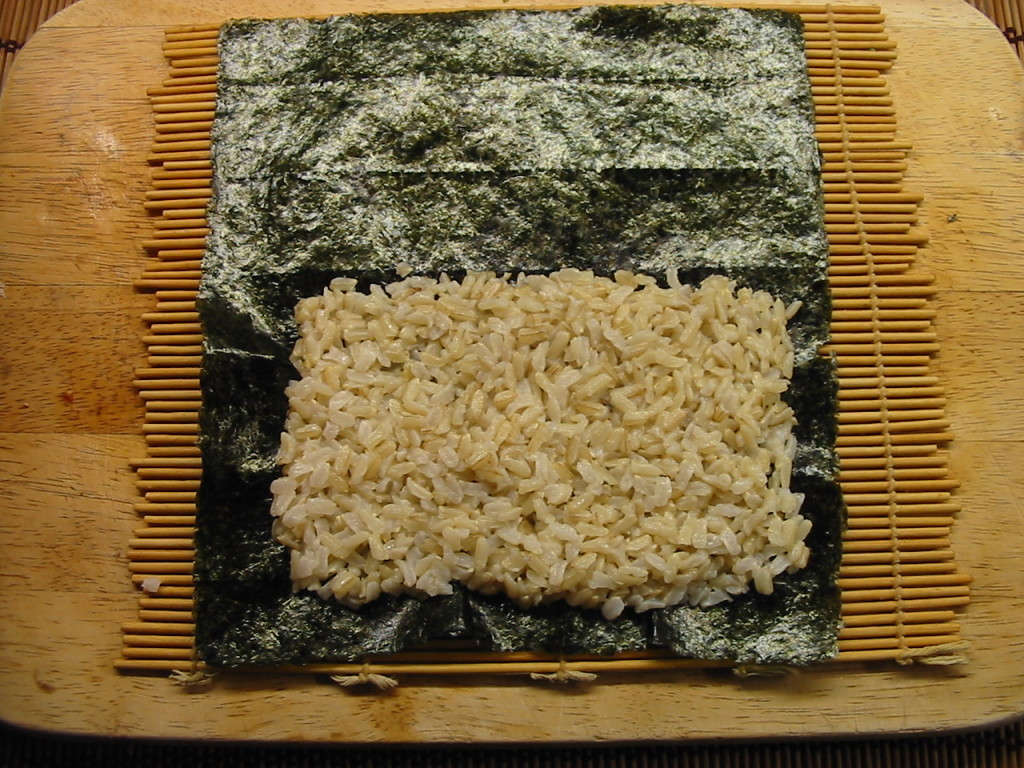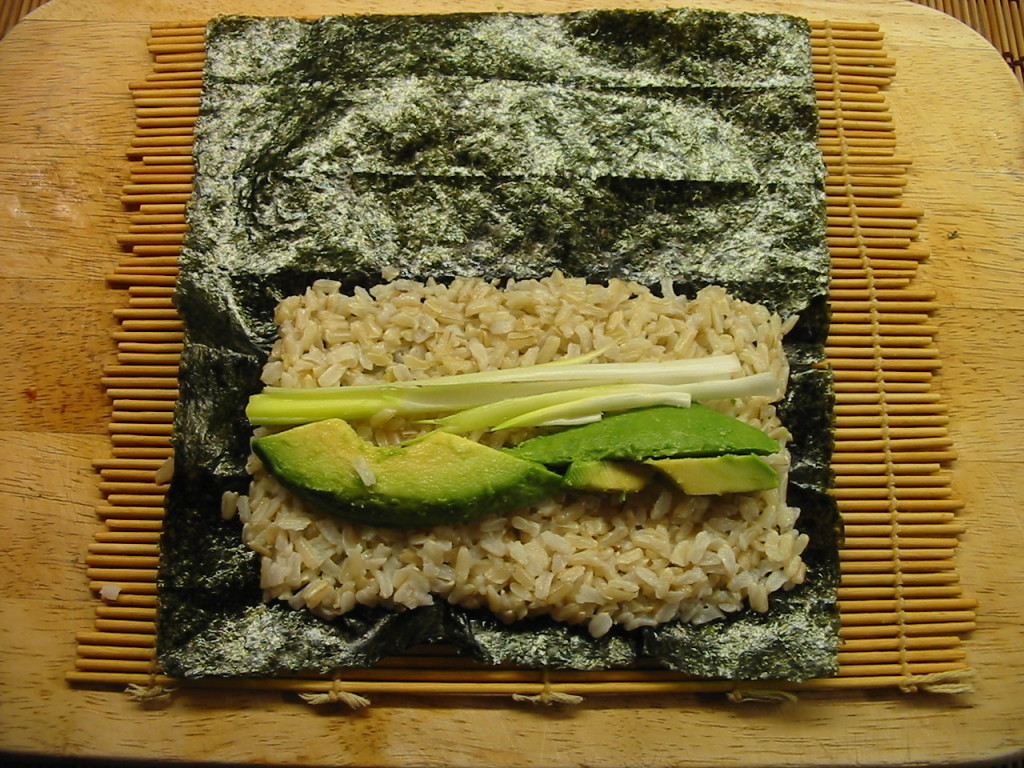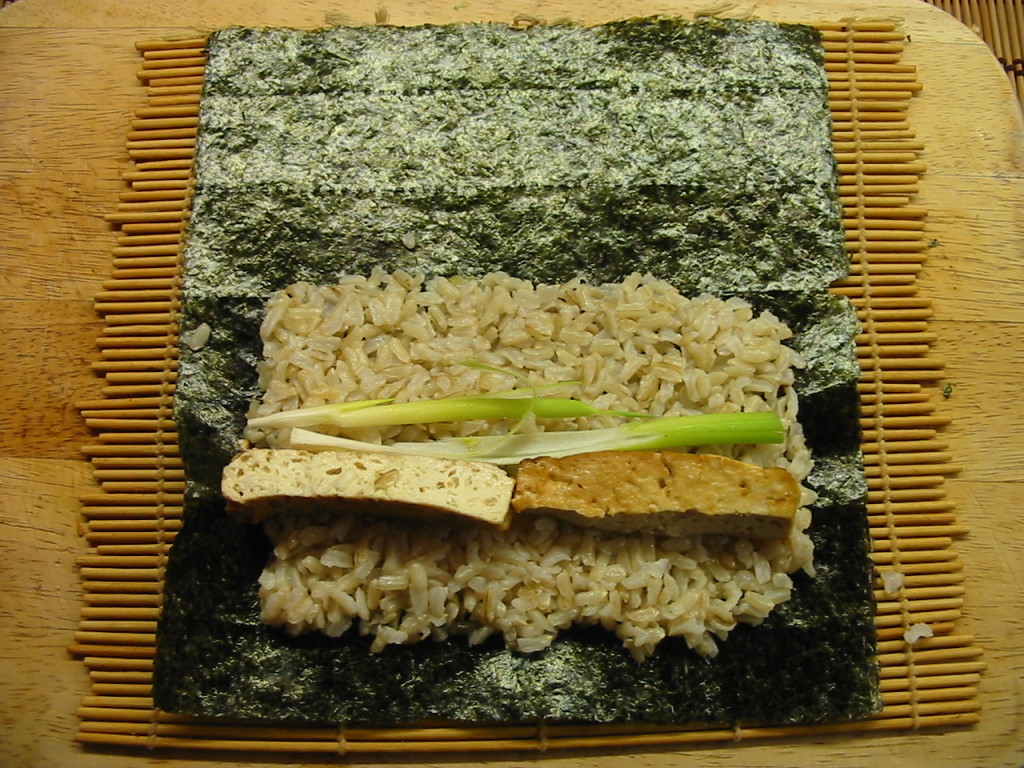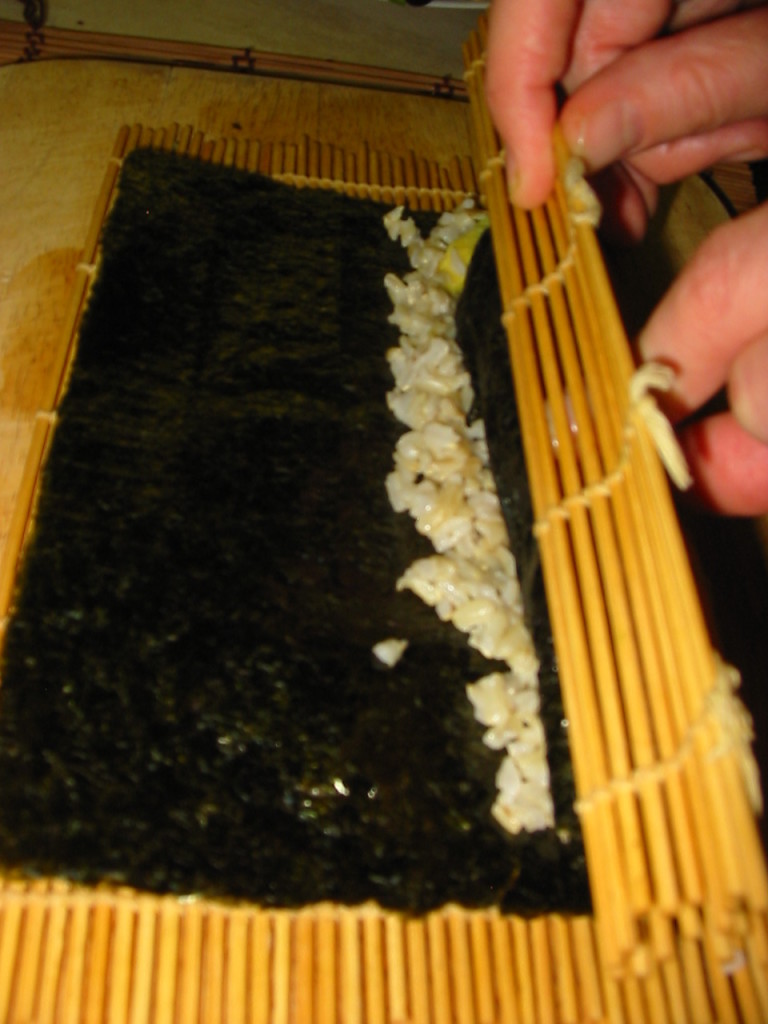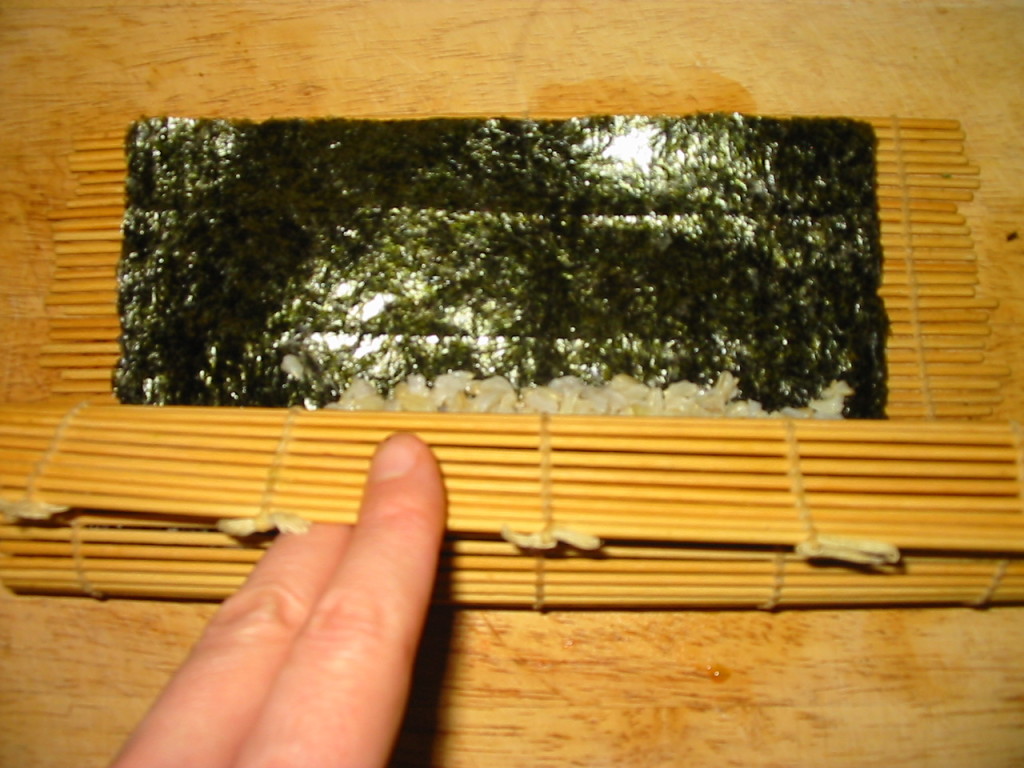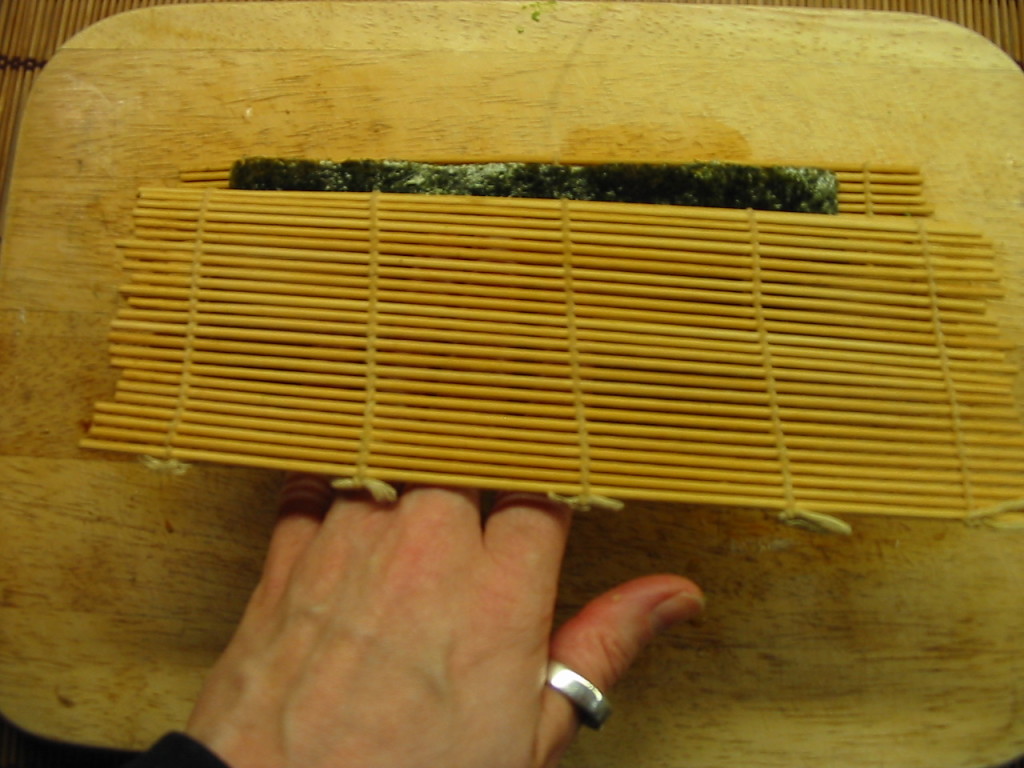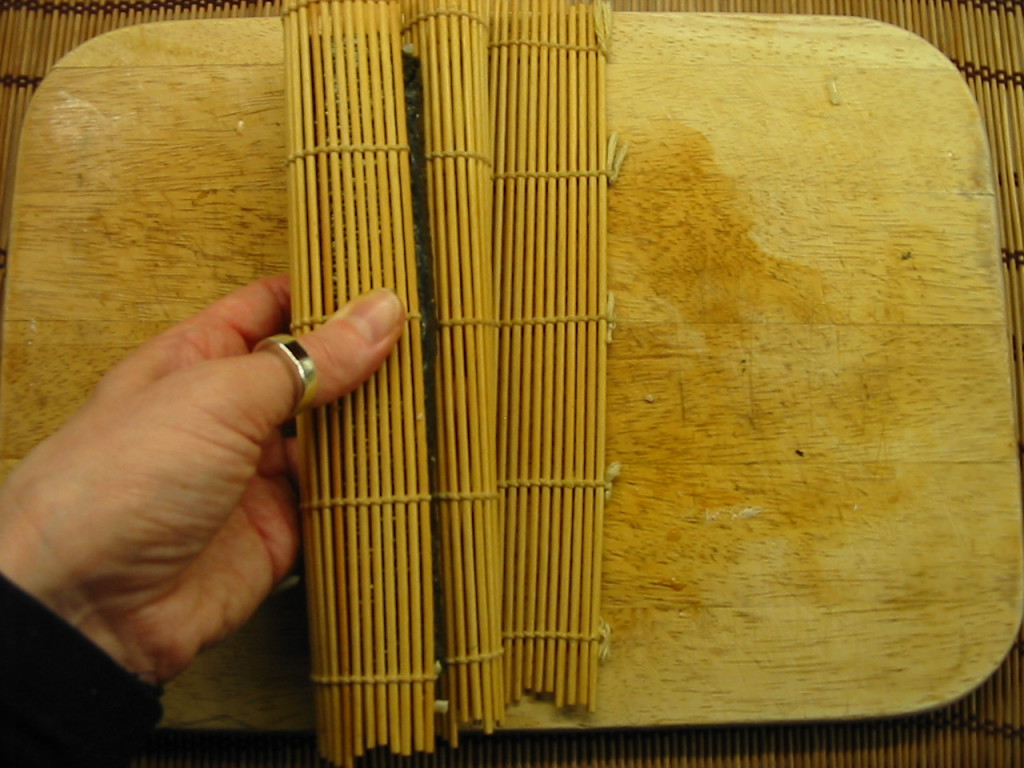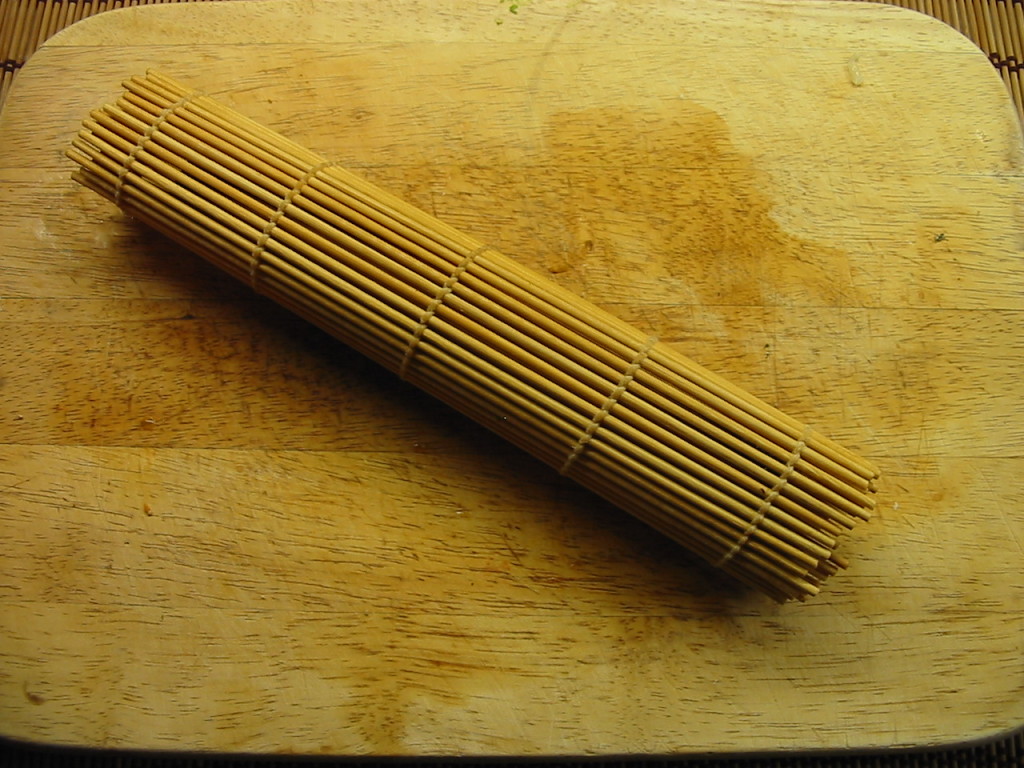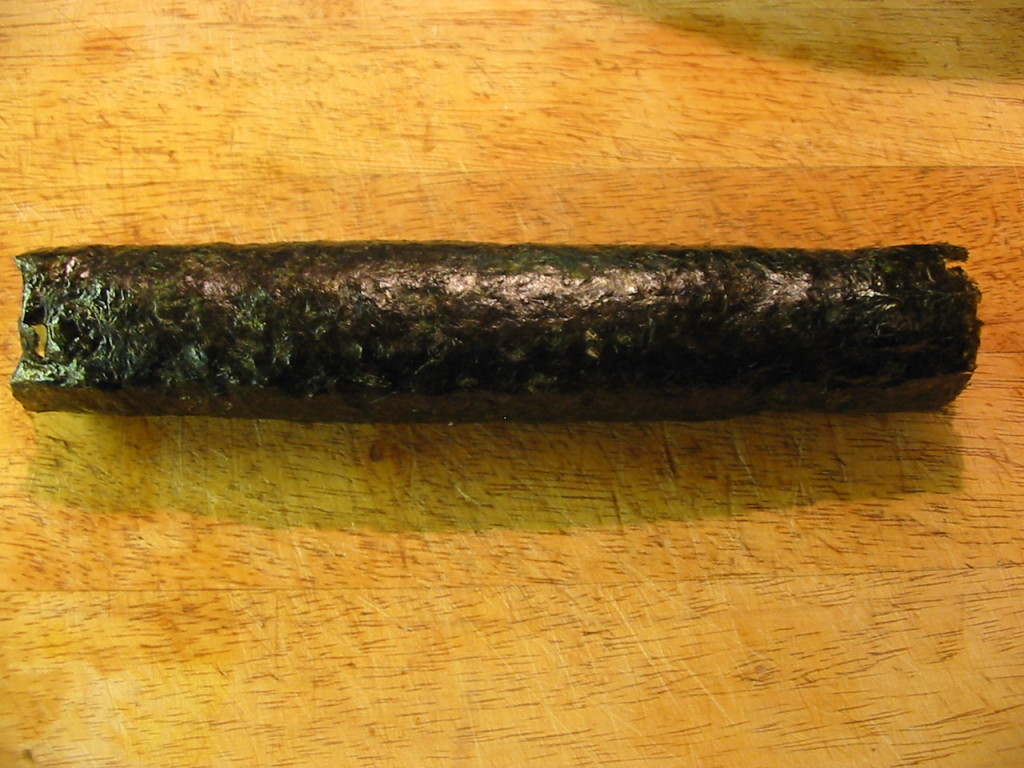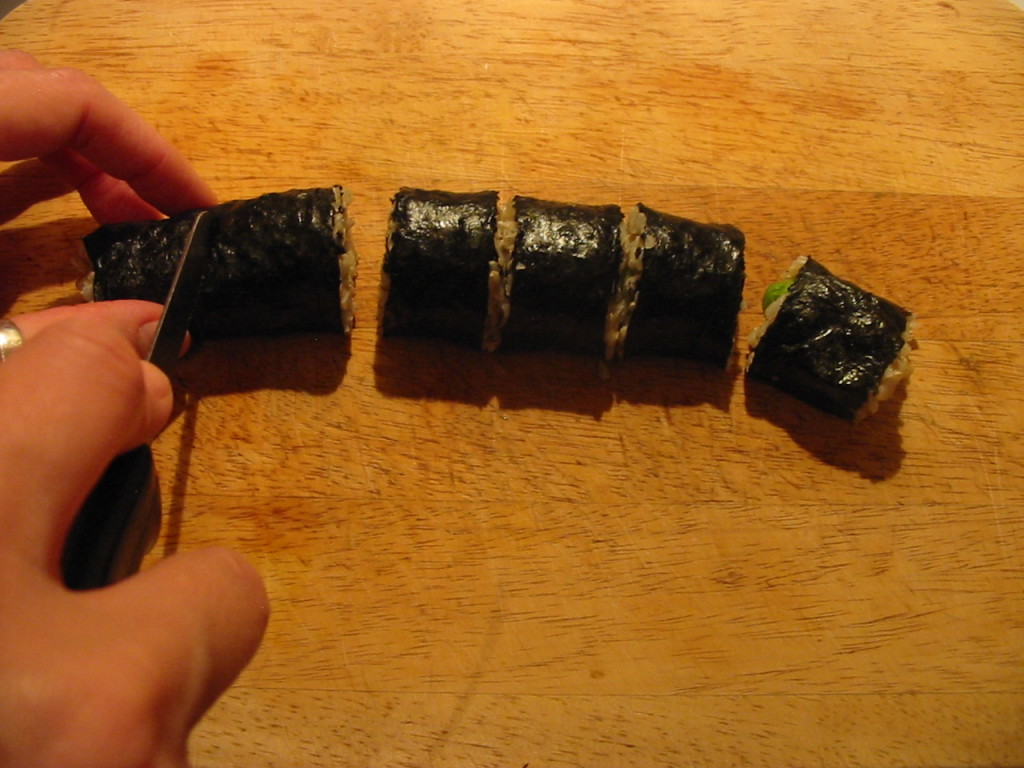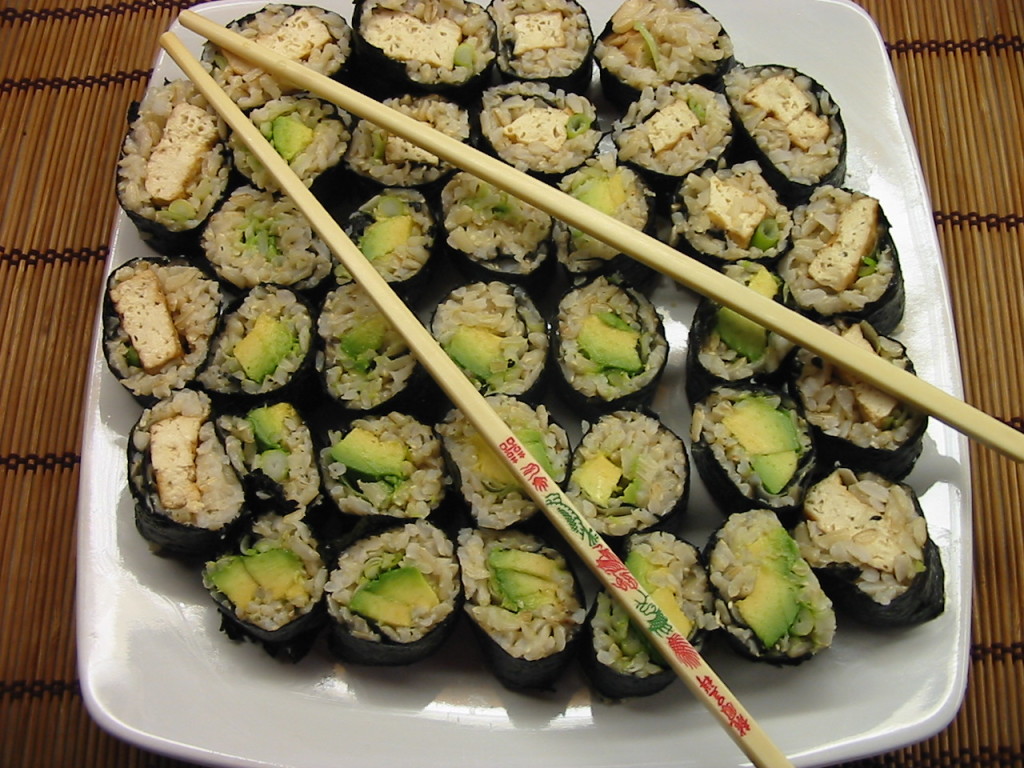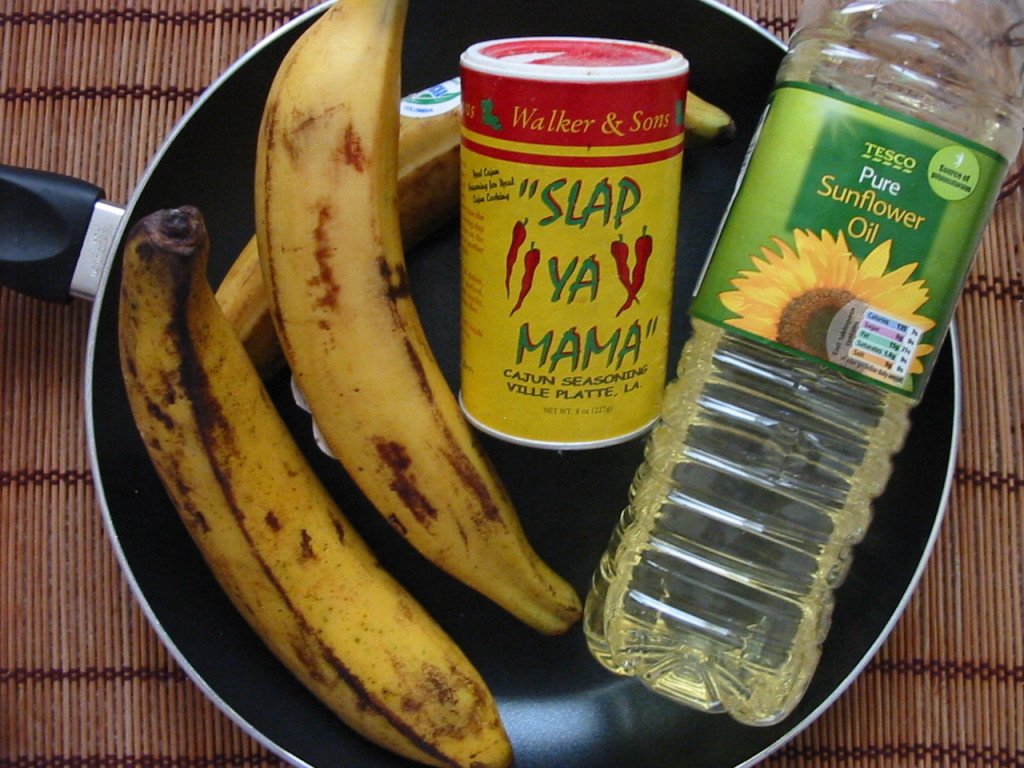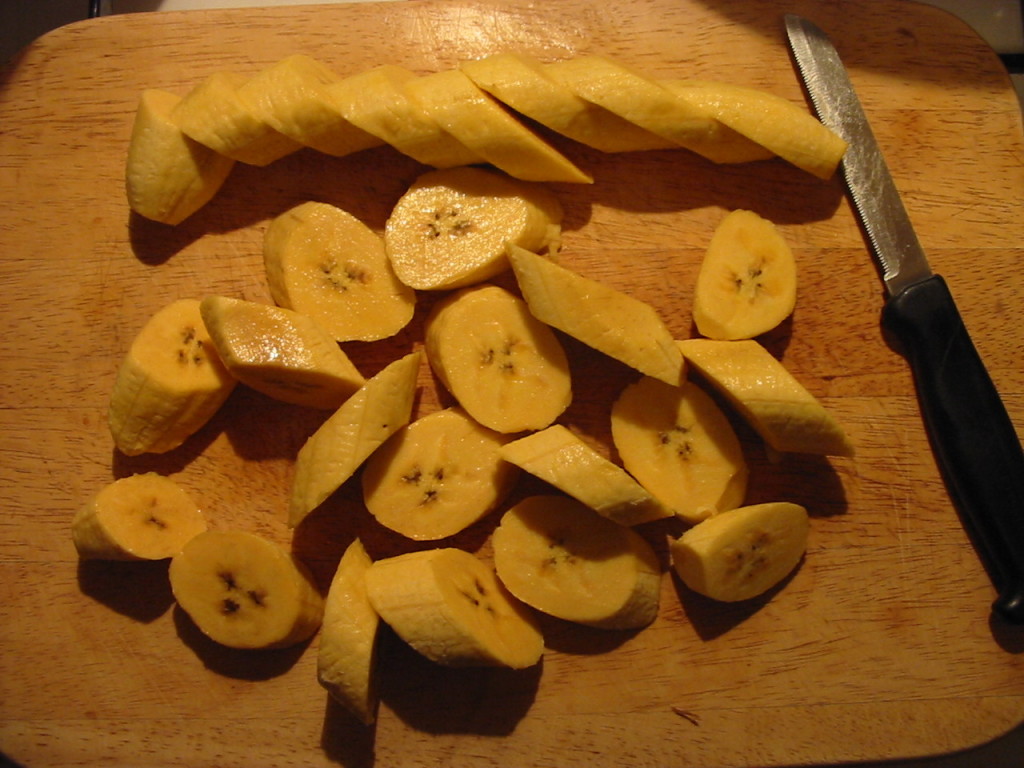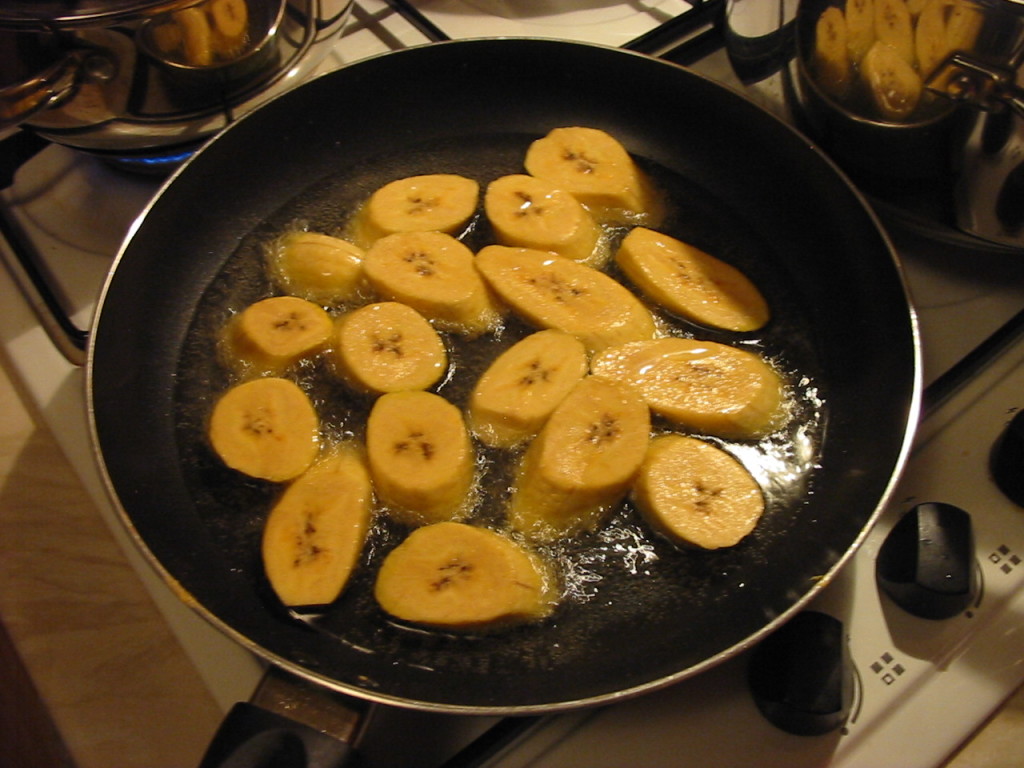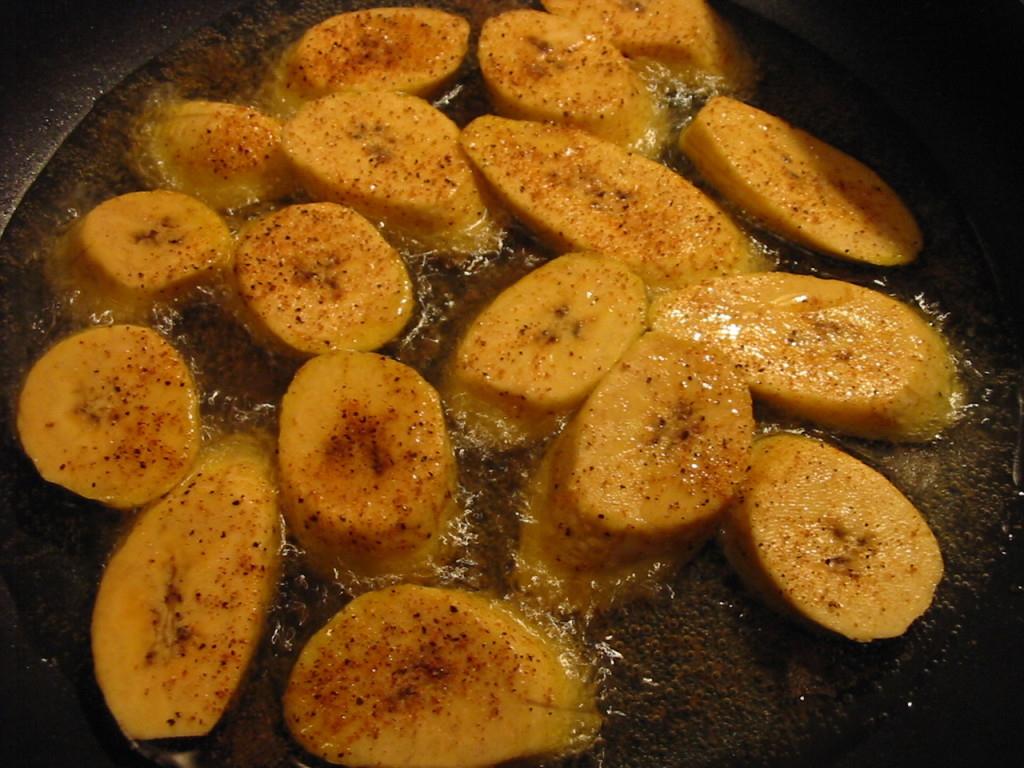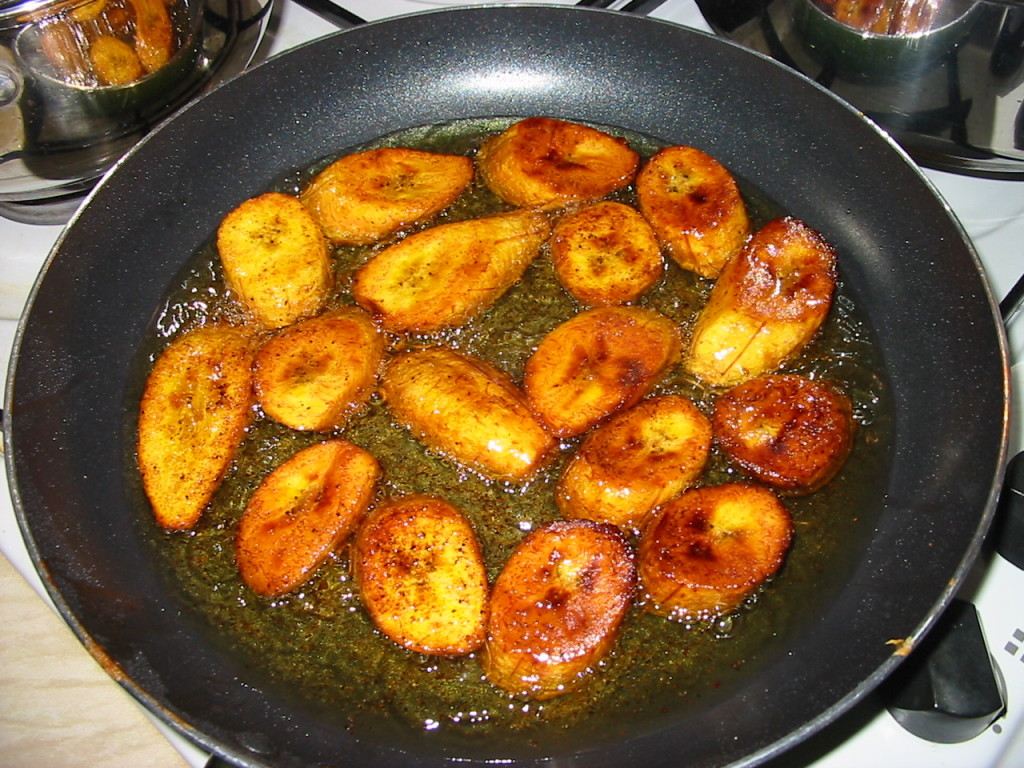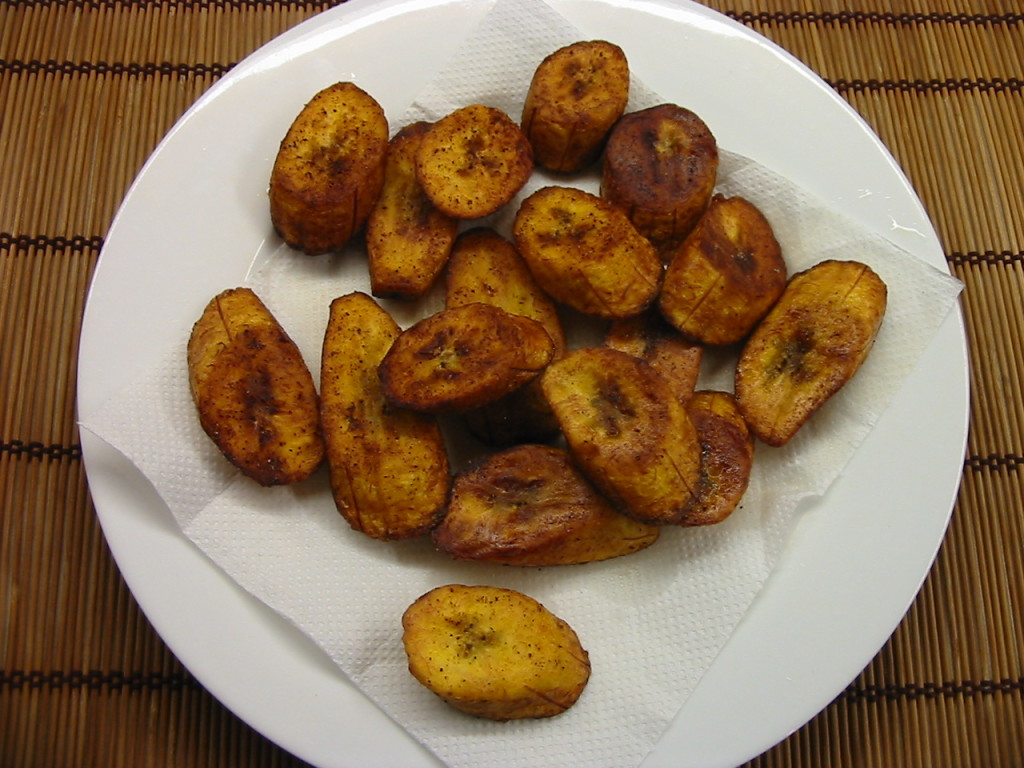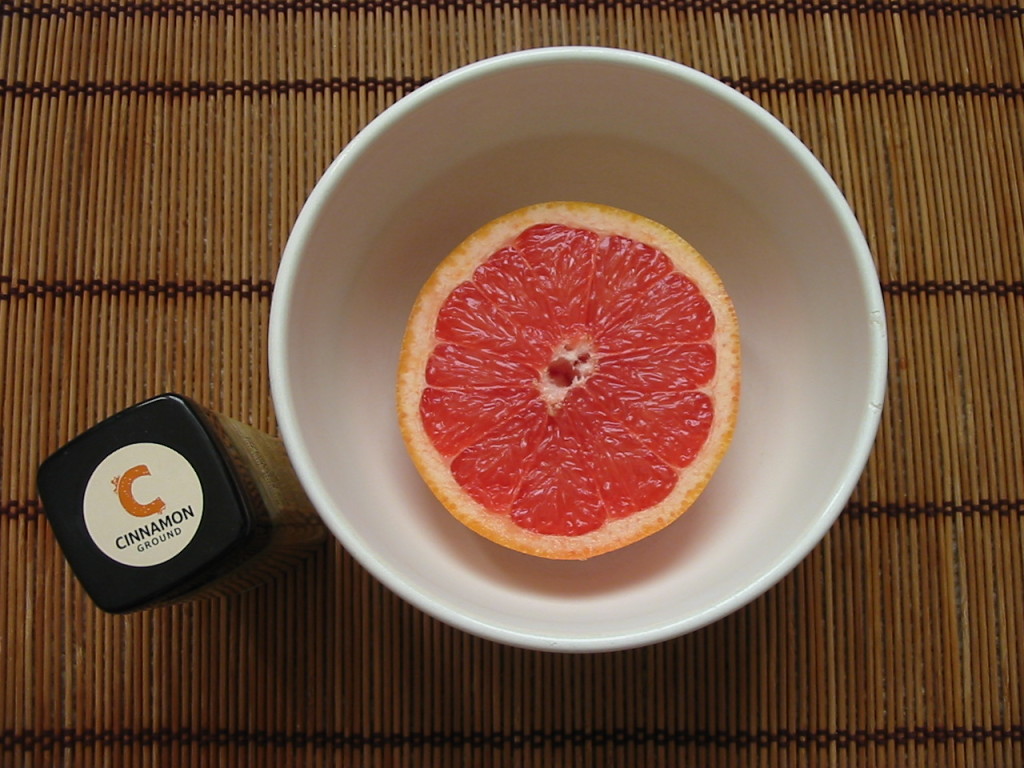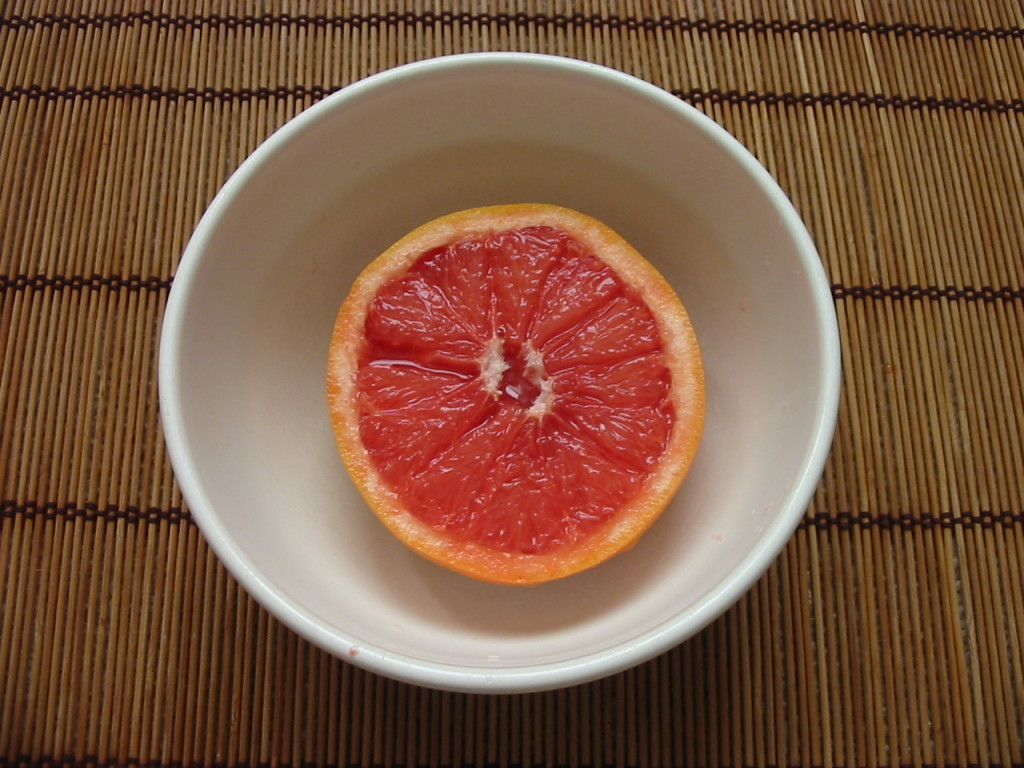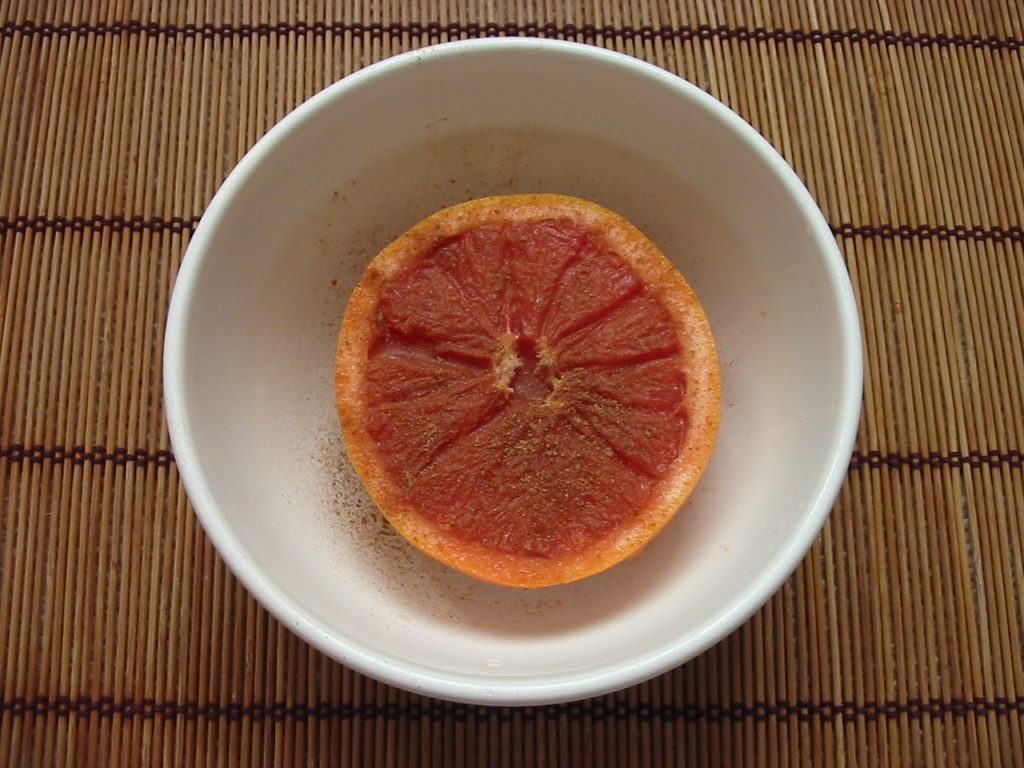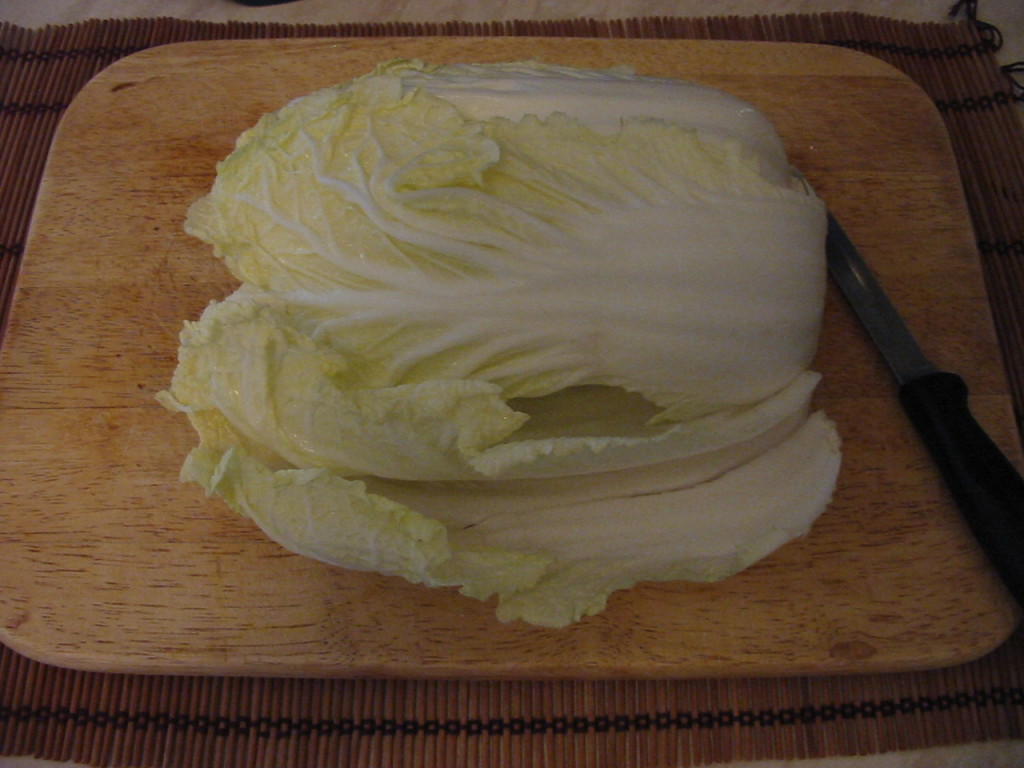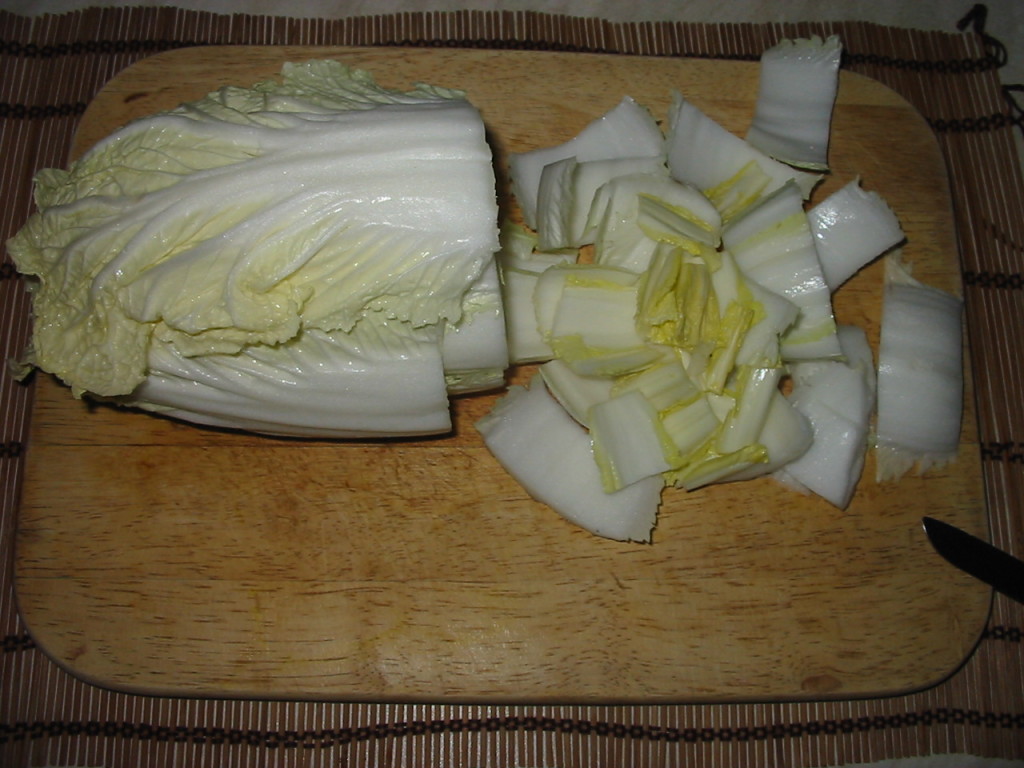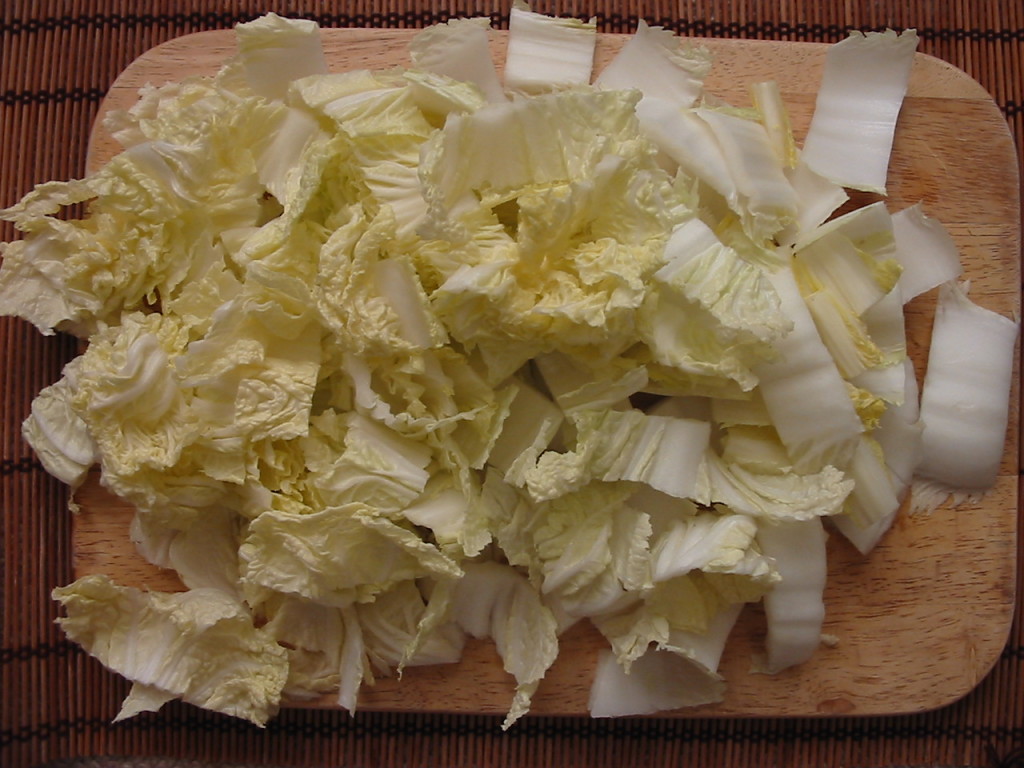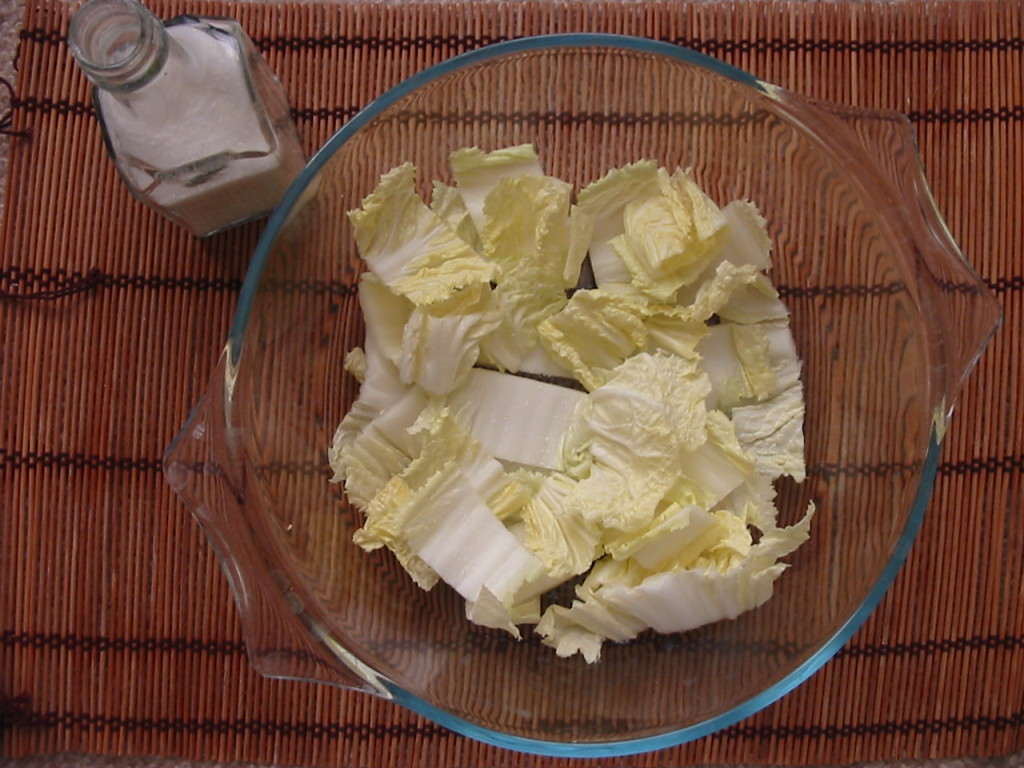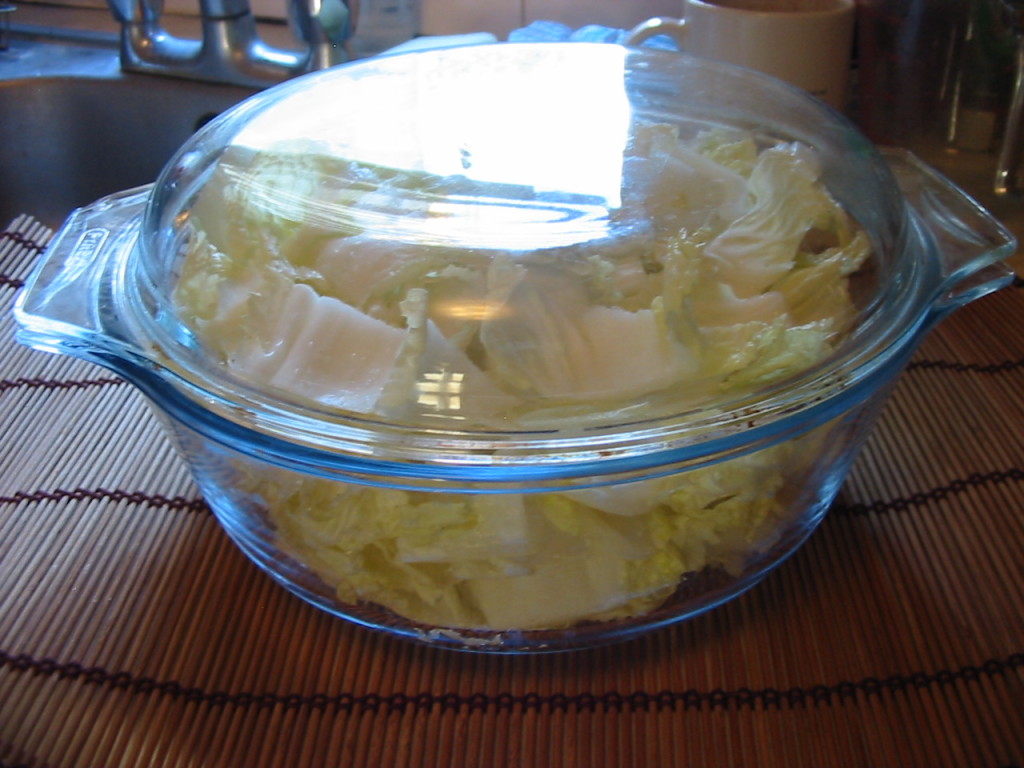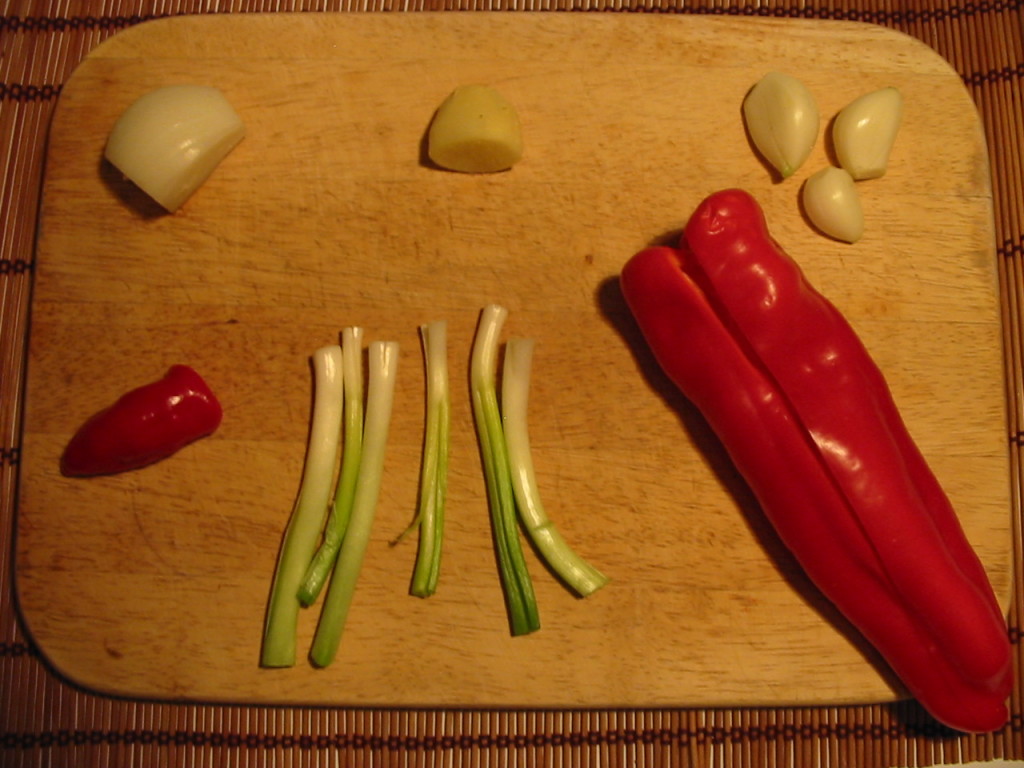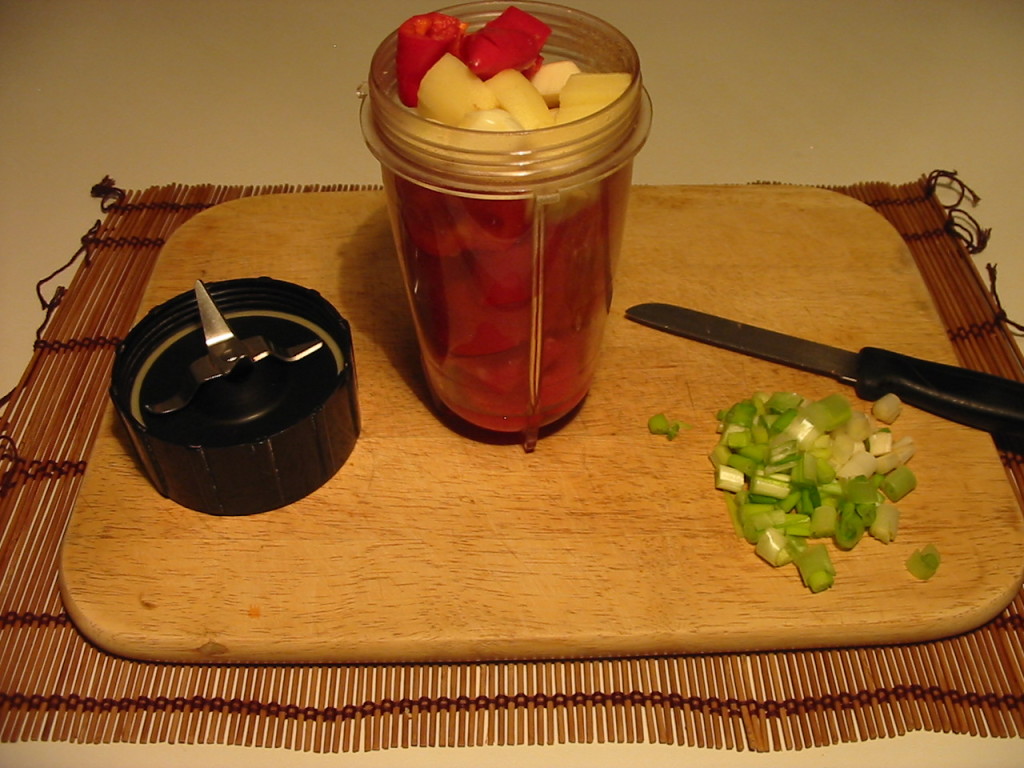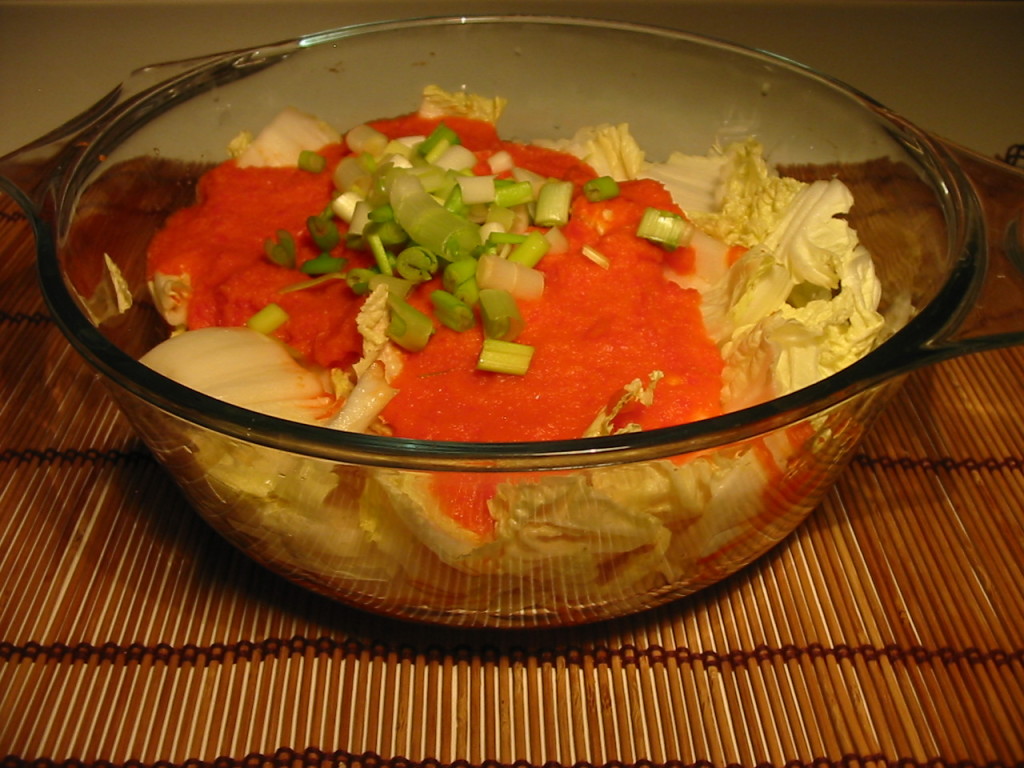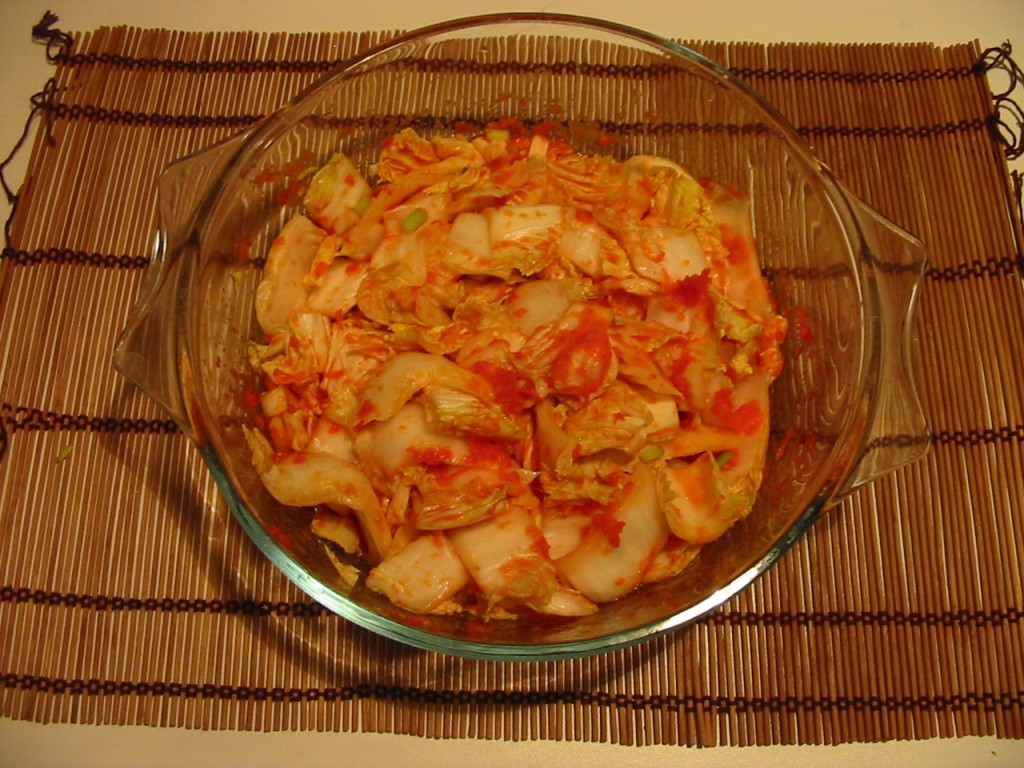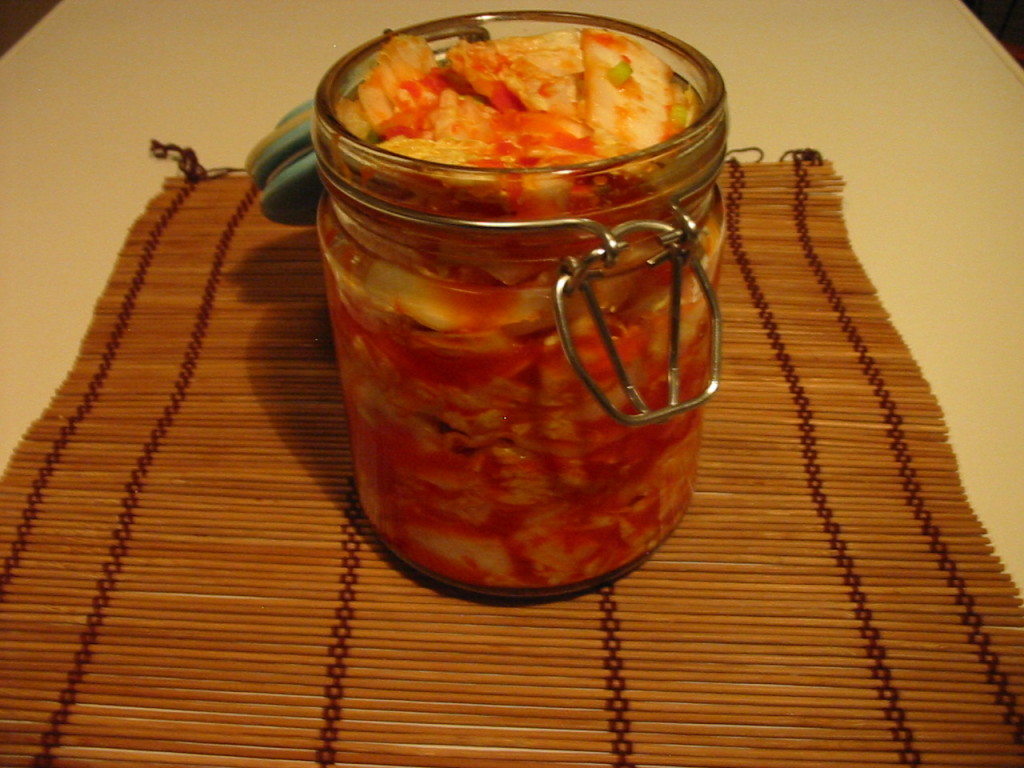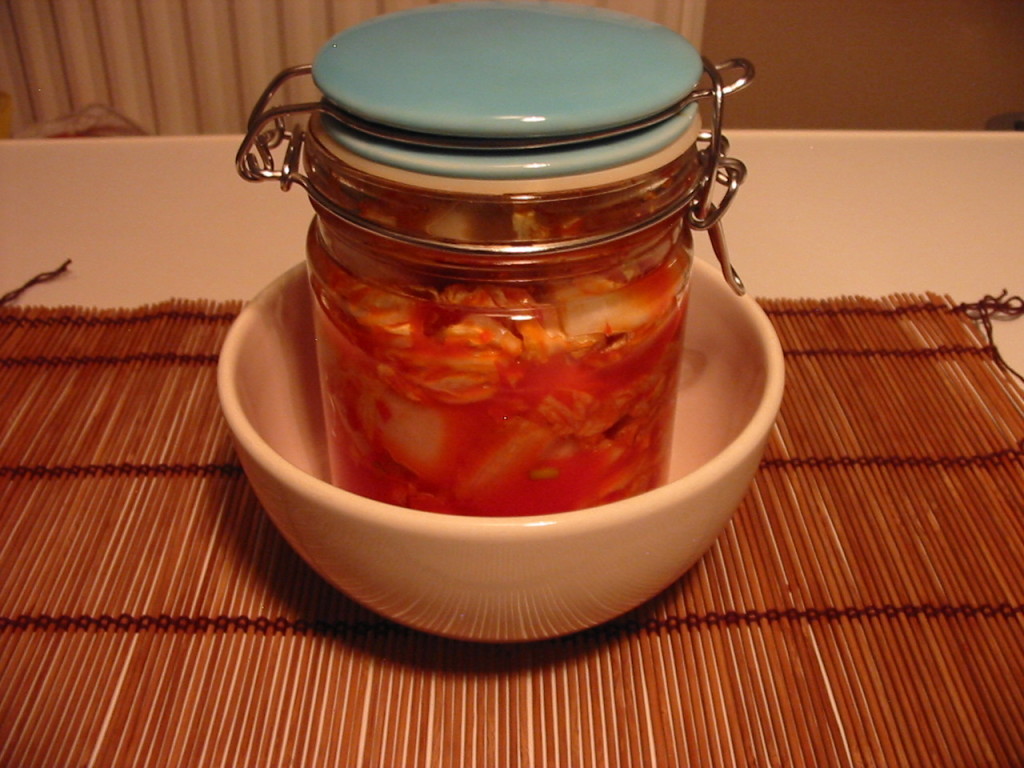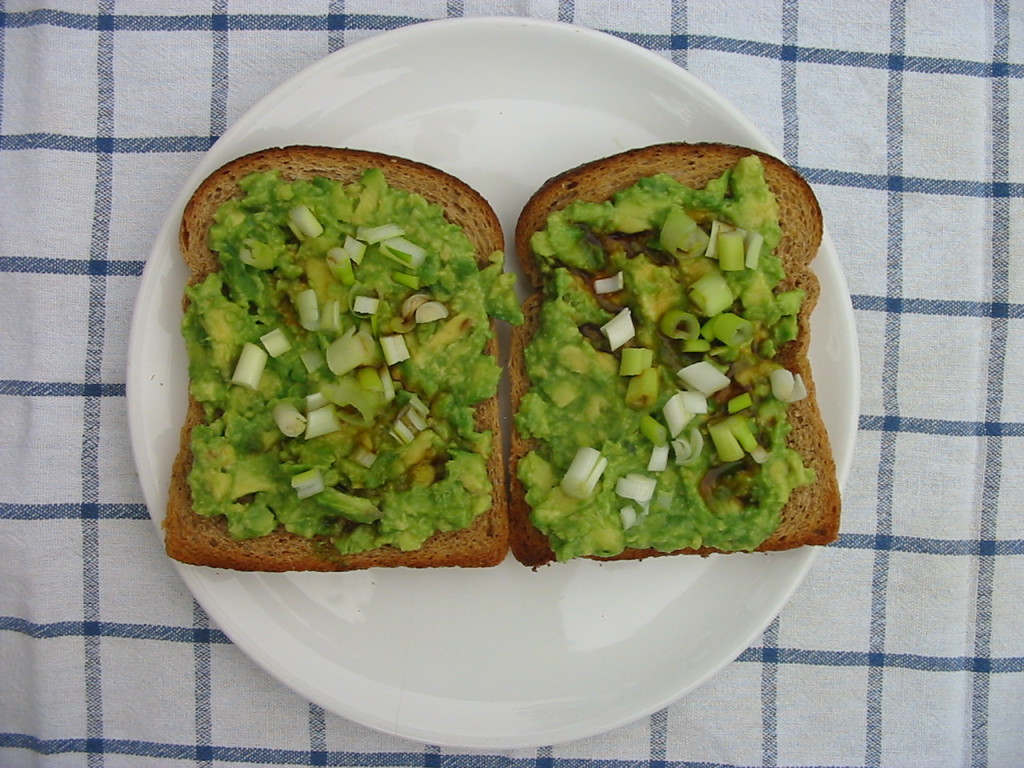We all know we should eat breakfast.
You don’t need ME to bang on about why you should eat this first meal of the day.
But I totally get that when you work early, or if you have to get kids to school, it’s easy to get into bad habits like just grabbing a coffee, then snacking on something less than healthy later.
The ideal breakfast solution therefore is something that is super-duper quick to make, hearty enough to fuel us until lunch, and tasty – to give us the incentive to eat breakfast every day.
Luckily, healthy quick vegan brekkies are a no brainer.
Here are three solid, ‘can’t go wrong’ breakfast choices that guarantee a healthful, energy-boosting start to the day. You can either have the same thing every day and just switch it up if you get bored, or have all three on rotation. Either way, any of these breakfasts will see you right.
1. Oats and raisins
Your raw materials for this are oats (that’s porridge oats or steel-cut oats, NOT jumbo oats, they’re harder to digest), and raisins.
This is enough. This is perfect. If you only have enough time to throw this together, don’t worry, it’s already a superhero breakfast. Add either water (it works, trust me!), soy milk, almond milk or any other dairy alternative.
If you have time, and if you have them on hand, add any or some of the following:
- 2 tbspns ground flax seeds
- blueberries
- raspberries
- chopped strawberries
- chopped banana
- chopped apple
- goji berries
- chopped dates
- chopped almond, brazil, walnuts
- sunflower/pumpkin/sesame seeds
- cinnamon
Yes, you could heat up the oats and water and make porridge, but it’s great as it is, and I’m trying to keep it as quick as possible. If it’s easy and quick it’s more likely to stick and become a habit even if you’re an ULTRA busy bee.
You can also sub brown rice for the oats. If you’re having an evening meal that involves brown rice, make some extra, let it cool, cover, and put it in the fridge for breakfast the next day. Top in exactly the same way.
2. Toast with peanut butter and banana
Make sure the toast is wholemeal. Start with a lick of non-dairy spread if you need to, then add peanut butter and top with sliced banana. Add cinnamon if you like.
Yes, of course you could put anything on the toast, but I’m going for maximum nutrient input here, and for the topping that will give you the most energy. Among a whole host of other benefits, bananas will sort out your potassium needs (vital for heart health and maintaining healthy blood pressure levels); and the peanut butter, as well as having a nice array of vitamins and minerals, is also a great protein source. This breakfast is full of fibre, and thus great for keeping the digestive system sweet.
3. ‘Customised’ yoghurt
Put a serving of any plain non-dairy yoghurt in a bowl. I use Sojade plain soy yoghurt as it’s sugar free. It’s always better to add your own sweetener so you can use a healthier option than sugar, and so you can judge just exactly how much you need. US peeps, this coconut yoghurt by So Delicious looks great.
Yoghurt will give you an excellent dose of ‘good bacteria’ (probiotics) to start your day. Your gut will thank you.
If you need to sweeten it up a tad, add maple syrup/agave/or brown rice syrup to taste.
Top with any or some of the following:
- 2 tbspns ground flax seeds
- blueberries
- raspberries
- chopped strawberries
- chopped banana
- chopped apple
- chopped grapes
- goji berries
There are plenty of fancier vegan breakfast recipes on the web – tofu scramble, breakfast muffins, homemade waffles etc. By all means seek these out for the weekends or any day you have time. But these three breakfasts ANYONE can fit into their schedule; they’re hyper kid friendly and they’ll power you through till lunch – or at least until mid-morning snack-time!
No excuses – Break that fast EVERY morning!


